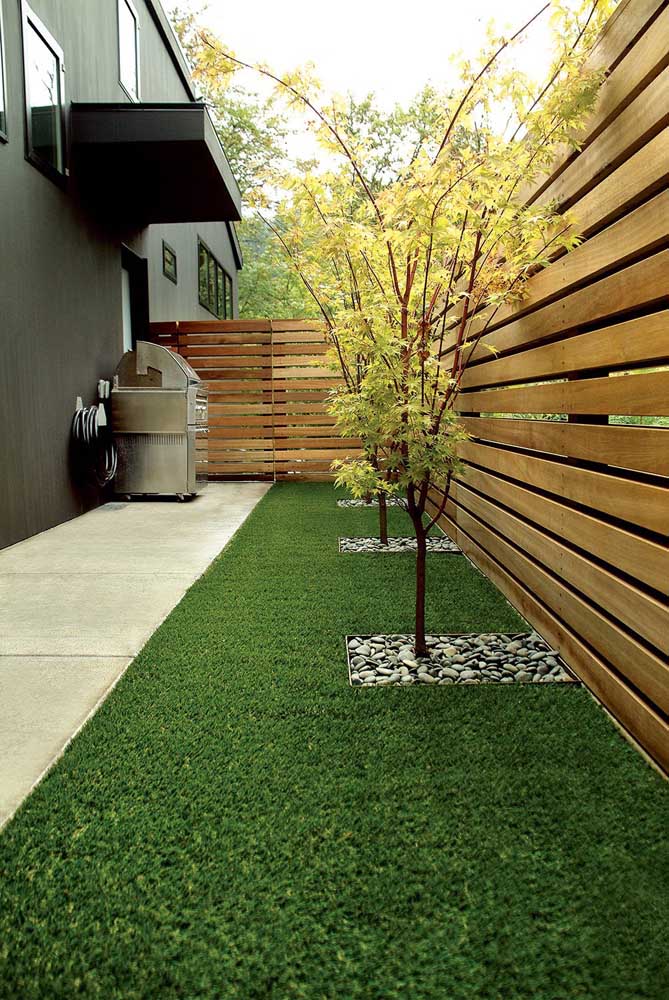Did you know that there are more than nine thousand different types of grass divided into 668 genera covering the surface of our bluish planet? All this generosity of mother nature with a single family of plants helps to make the landscape projects increasingly original and creative, since it is always possible to look for something new amid so many possibilities.
But all this variety of grasses inevitably results in a very common question, after all what is the best grass for landscaping? Or rather, for your project? Would you risk an answer? Today's post brings a complete list with the most used gram types and their main characteristics, besides, of course, inspiring images for you to keep as reference. Check out:
Types of grass: which to use, characteristics and care
Types of grass: peanut
Peanut grass is a typical Brazilian species characterized, above all, by its small yellow flowers, capable of enhancing the design of the external area even more. Rapidly growing, this type of grass can reach full coverage in about three months from sowing. To grow it is very simple, just plant it in places of abundant sun and offer frequent watering, just do not plant it in shaded places, as the species needs direct sunlight to develop. One of the biggest advantages of Peanut Grass is that it does not need pruning, making garden maintenance much easier.
Image 1 – Peanut grass was used here as a lining on the edge of the small road.
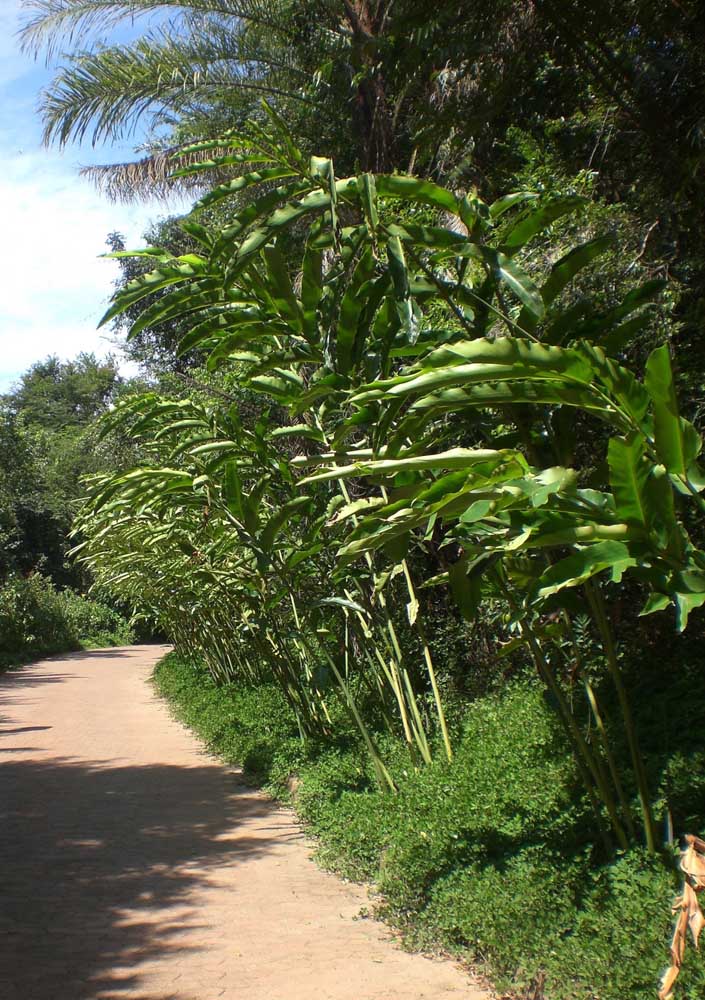
Image 2 – Peanut grass to highlight the agave bed.
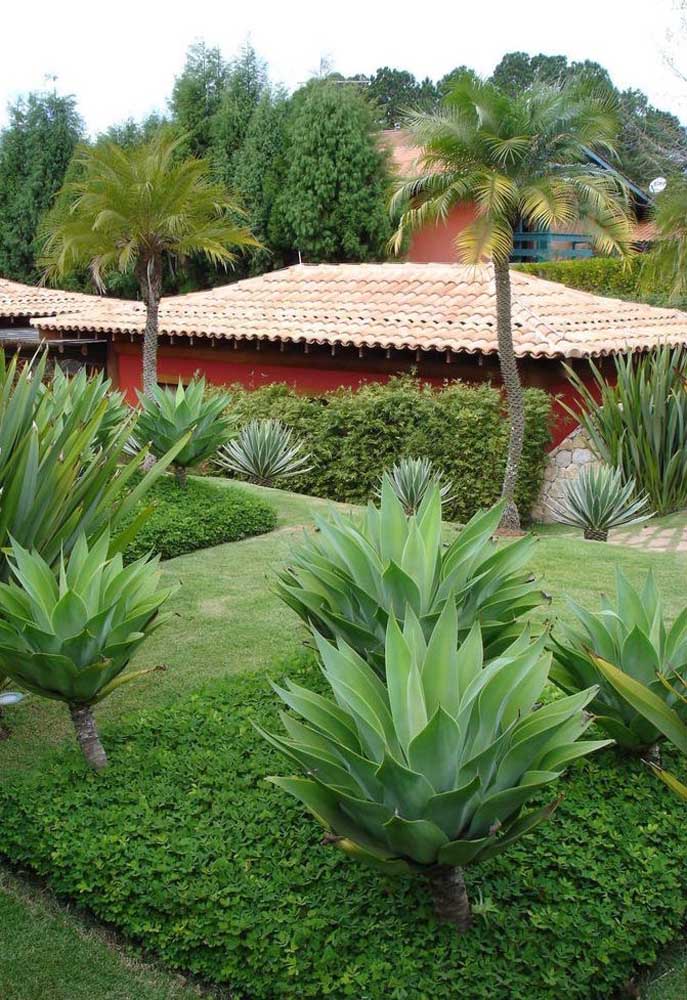
Image 3 – The delicacy of the small yellow flowers of the peanut grass; a touch more in the garden lining.
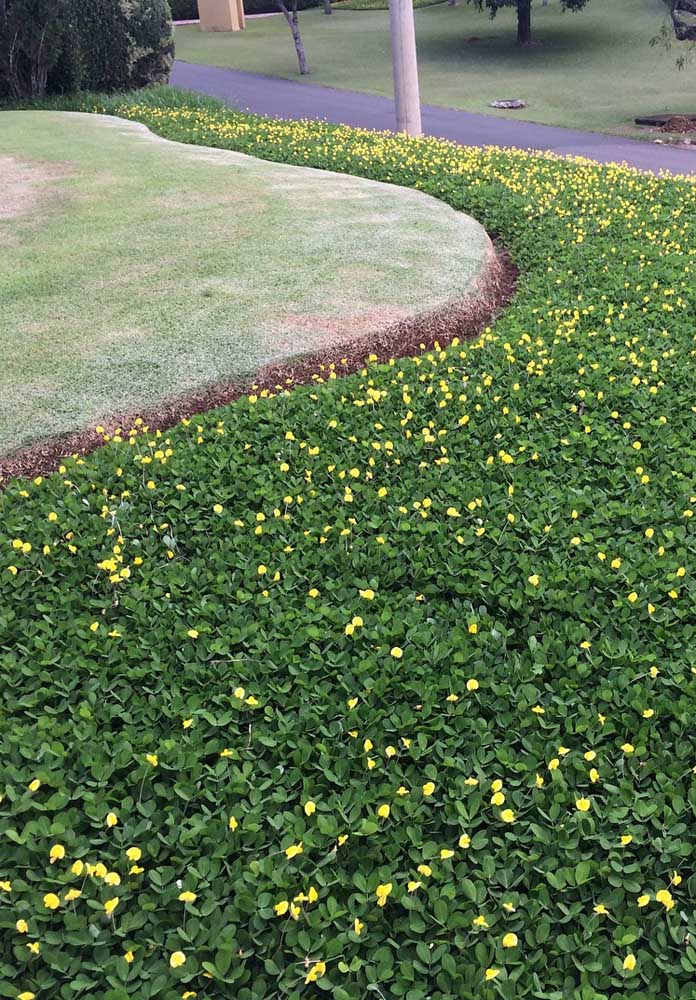
Picture 4 – Without pruning, the peanut grass is ideal for those who need something beautiful and practical.
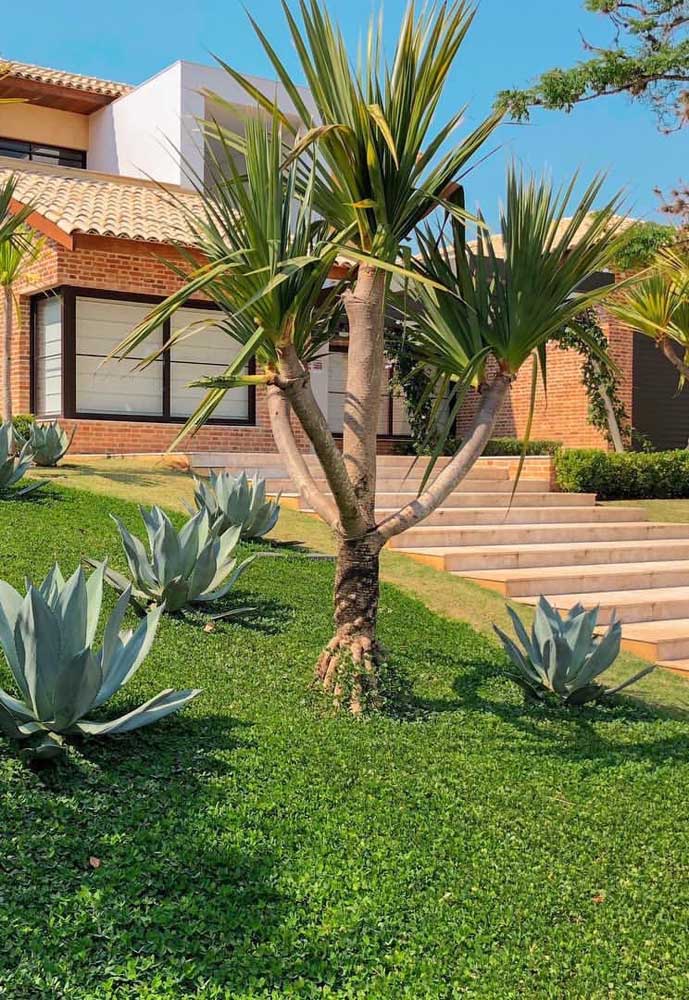
Image 5 – The peanut grass can highlight and enhance areas that were previously neglected in the garden, such as the side of the stairs.
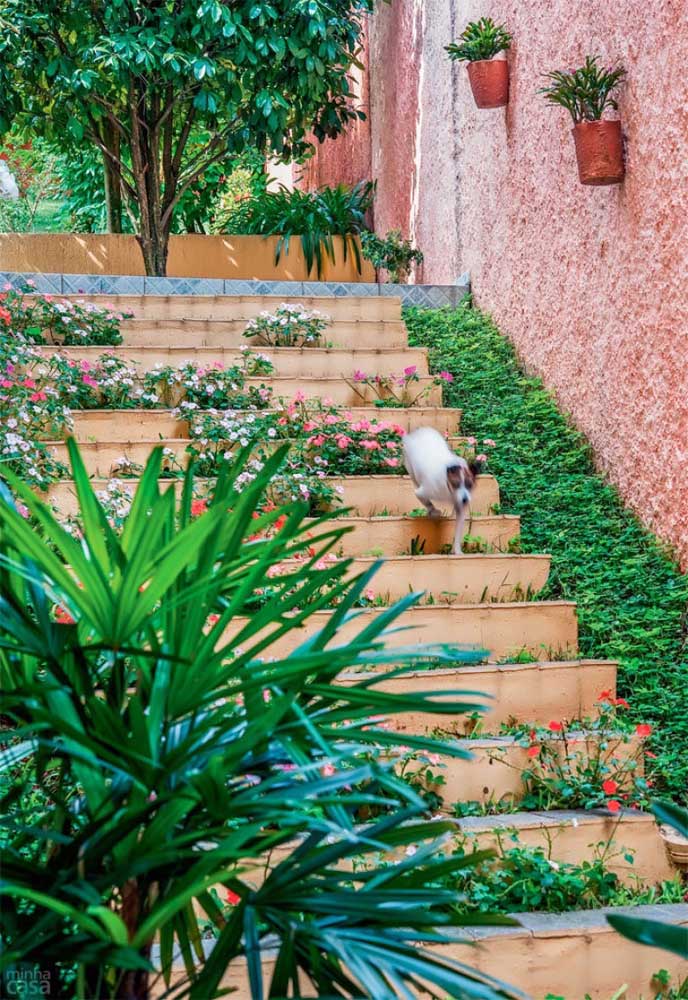
Image 6 – In three months the peanut grass reaches full coverage and your garden is beautiful to live.
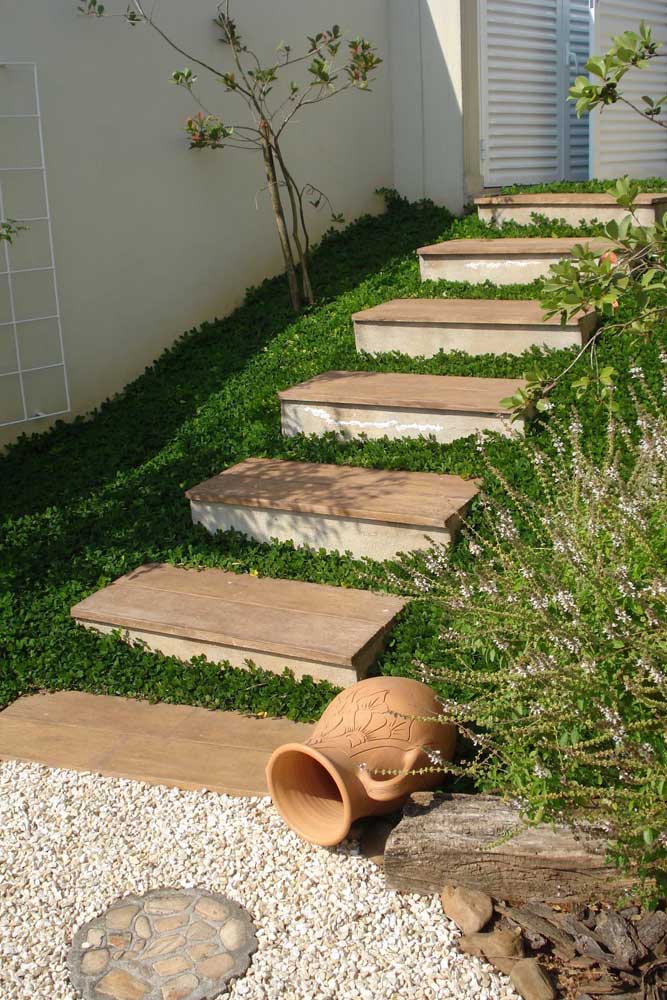
Image 7 – In three months the peanut grass reaches full coverage and your garden is beautiful to live.
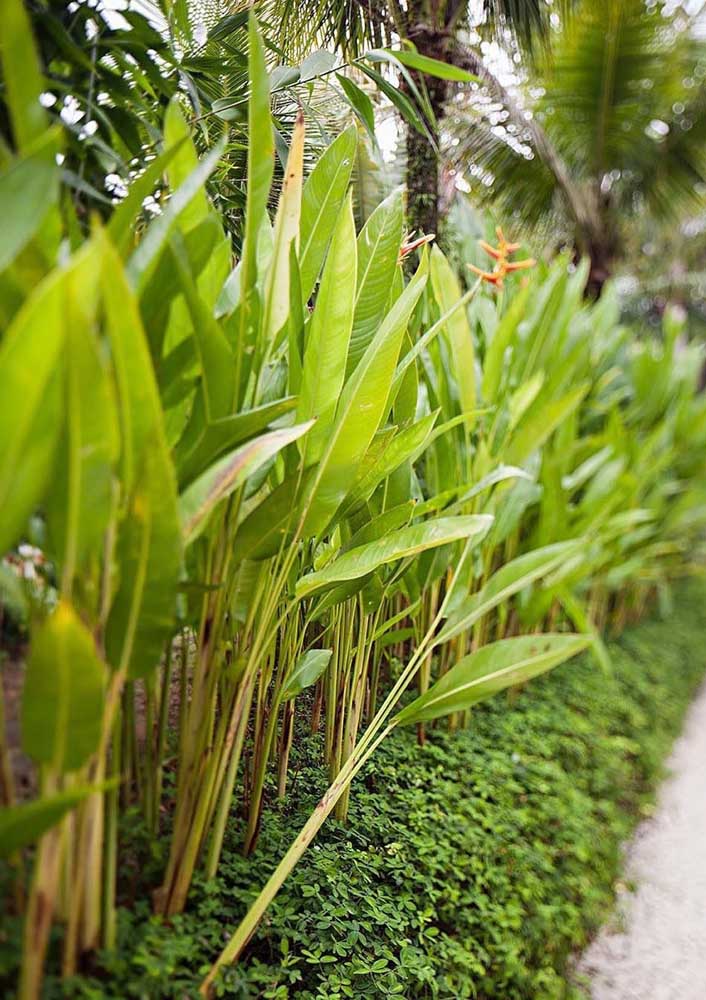
Types of grass: Potatoes
Batatais grass, also known as Mato Grosso grass, is one of the most resistant grass species in existence. It tolerates trampling, periods of drought and plagues, and is very suitable for places with a large flow of people, such as public places, for example. However, Grama Batatais does not resist shade and can perish if it is planted out of sunlight. Therefore, the tip for those who want to grow this type of grass is sun, a lot of sun. Potato grass also requires frequent pruning, as it grows very fast and can reach up to 30 centimeters in height.
Image 8 – Simple garden finished with grass batatais; to limit the progress of the grass over the pine a limiter was used.
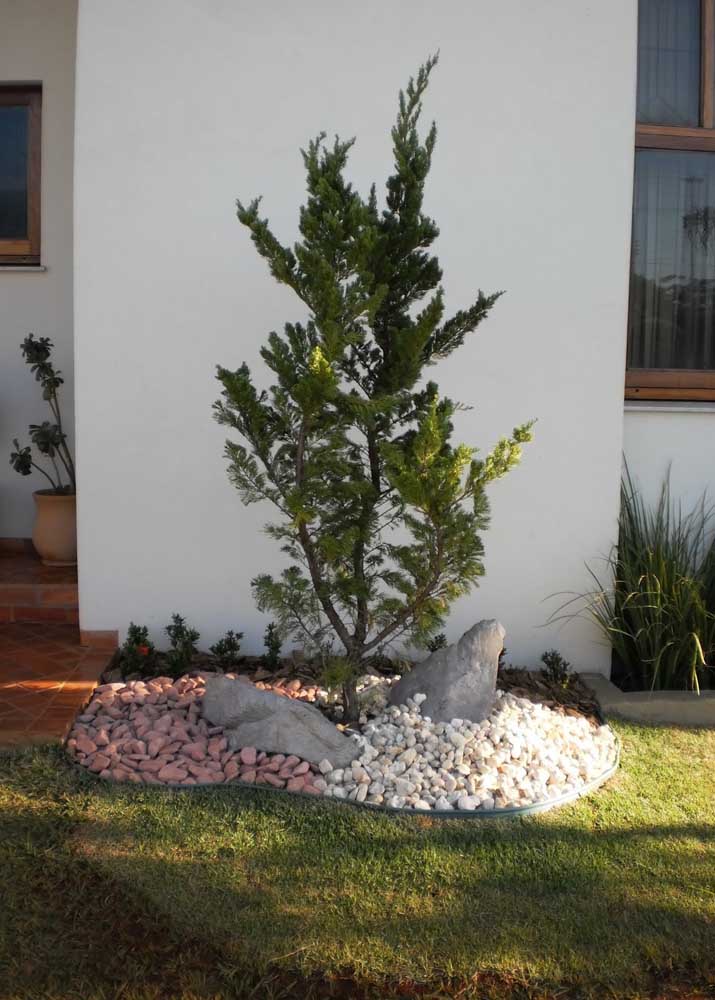
Image 9 – Grass, grass and stones.
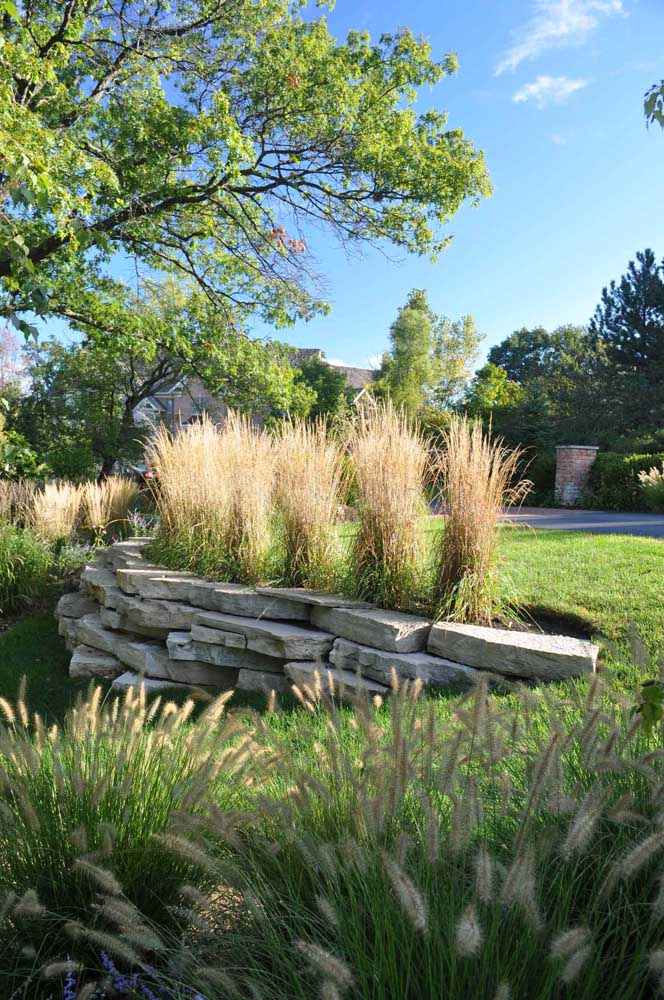
Picture 10 – The green carpet obtained with the batatais grass offers a beautiful walk for sunny afternoons.
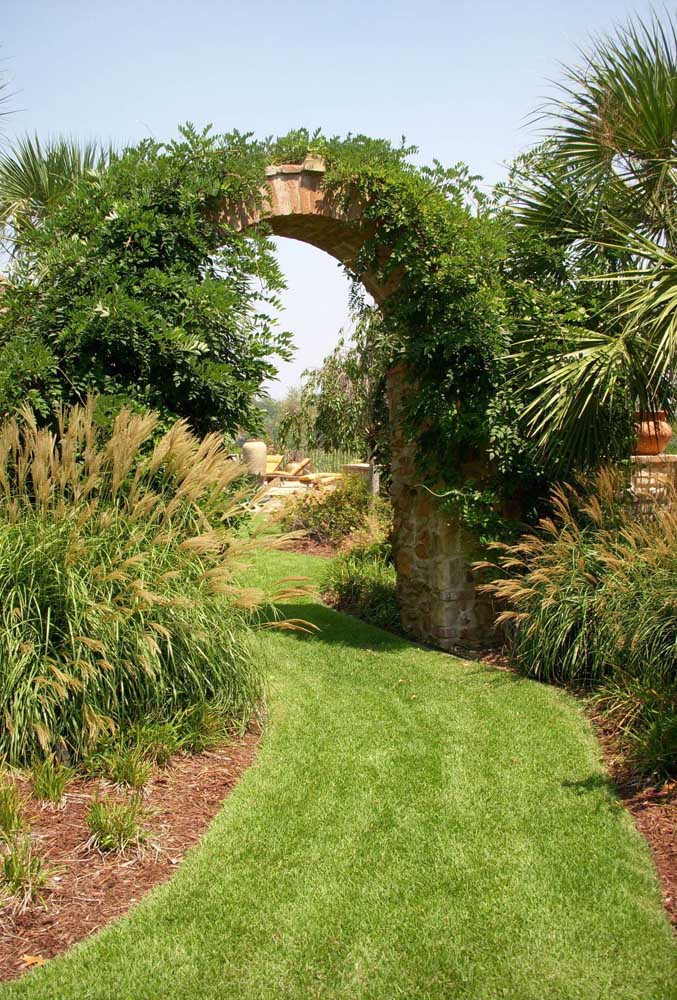
Image 11 – Batatal grass squares guarantee access between kitchen and outside area.
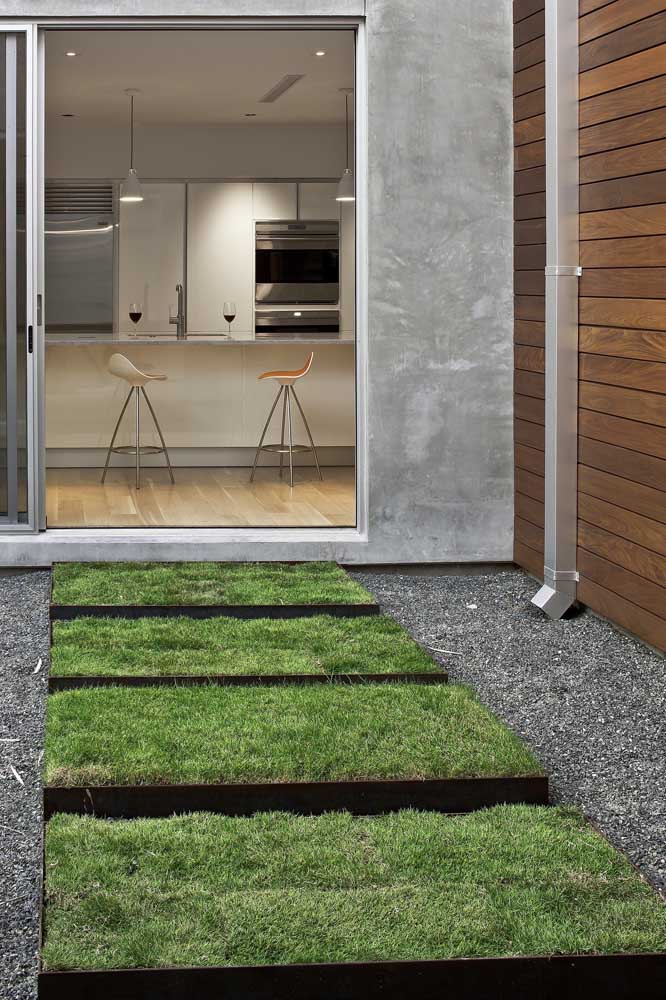
Image 12 – The concrete circles prevent the grass from being trampled.
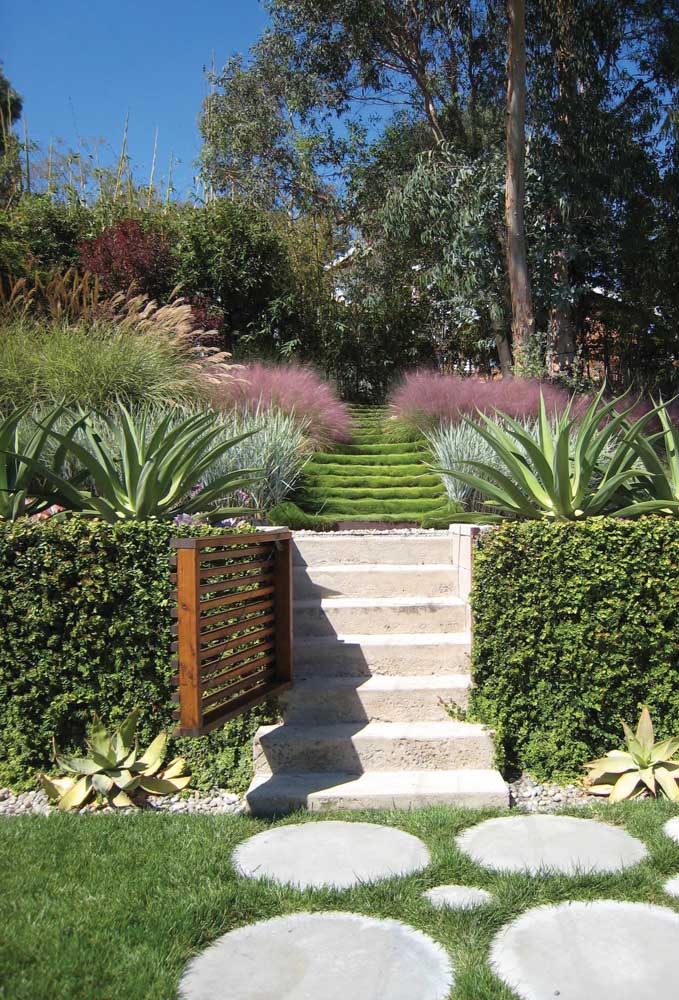
Image 13 – Grass batatais growing freely in the middle of nature; rustic and charming setting.
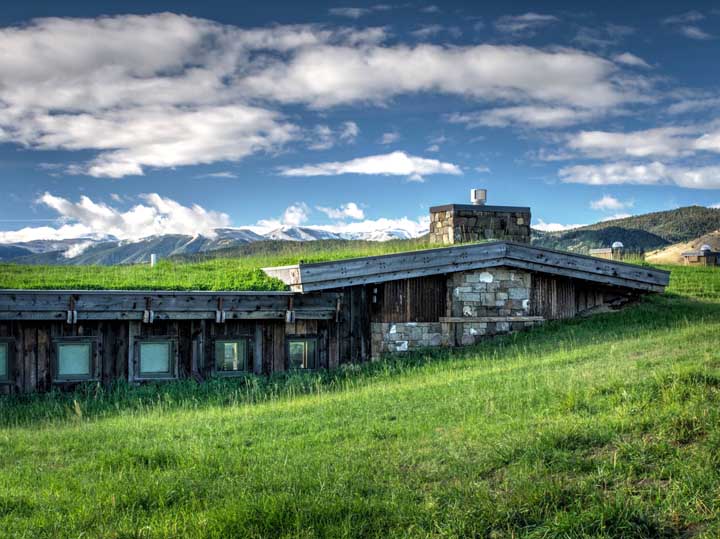
Image 14 – A lot of sun for the potato grass to grow happy and healthy.
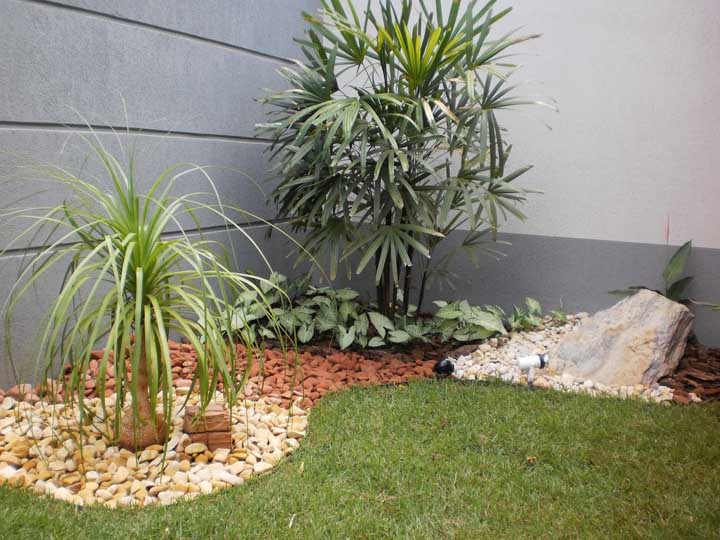
Types of grass: Bermuda
Looking for a type of grass for the football field? So take the Bermuda grass with you. Also known as Tifton, this bright green leafy grass is very soft and has the incredible ability to regenerate very quickly when stepped on. So it is very suitable for playgrounds, soccer fields, tennis, golf and other sports. To properly grow bermuda grass, be sure to plant it in a location that receives direct sunlight and maintains regular watering.
Picture 15 – Soccer field lined with green and soft bermuda grass.
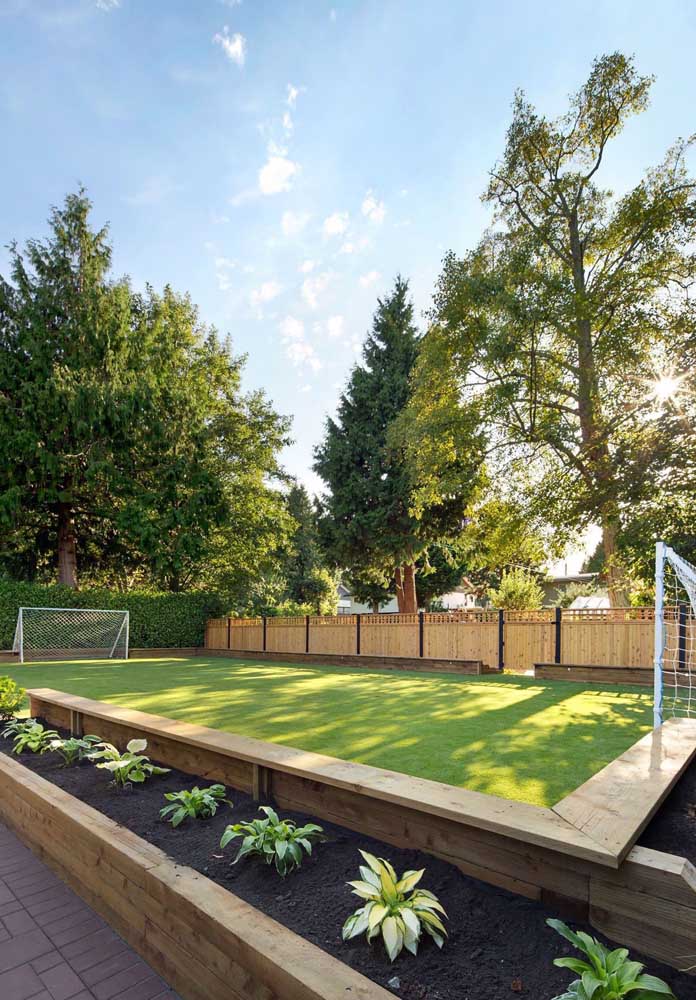
Image 16 – The balcony of this apartment has gained a fresh and green cover.
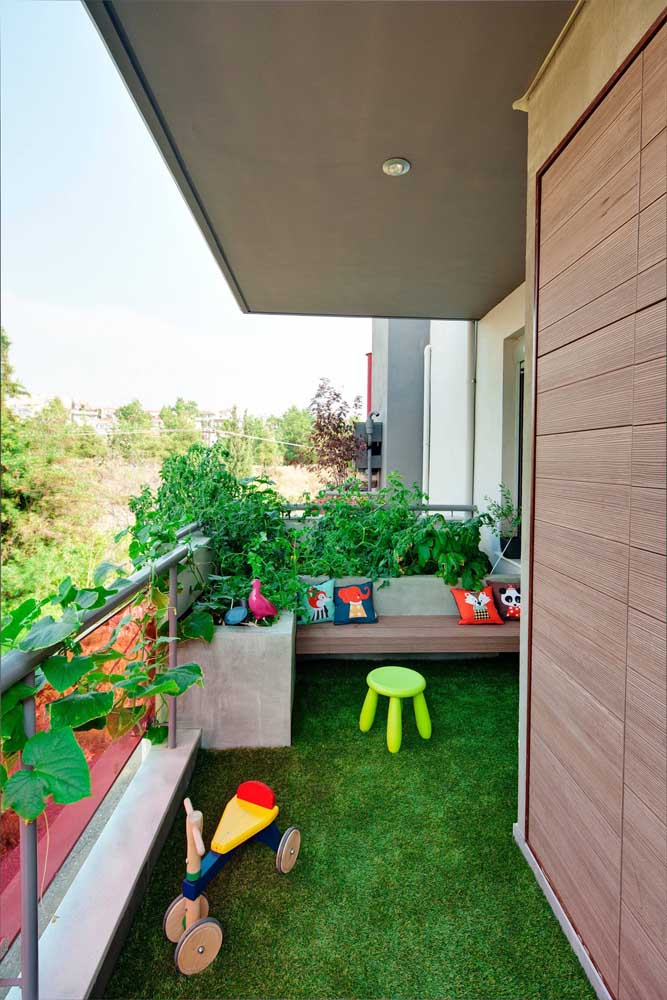
Image 17 – The fun is guaranteed with the grass shorts.
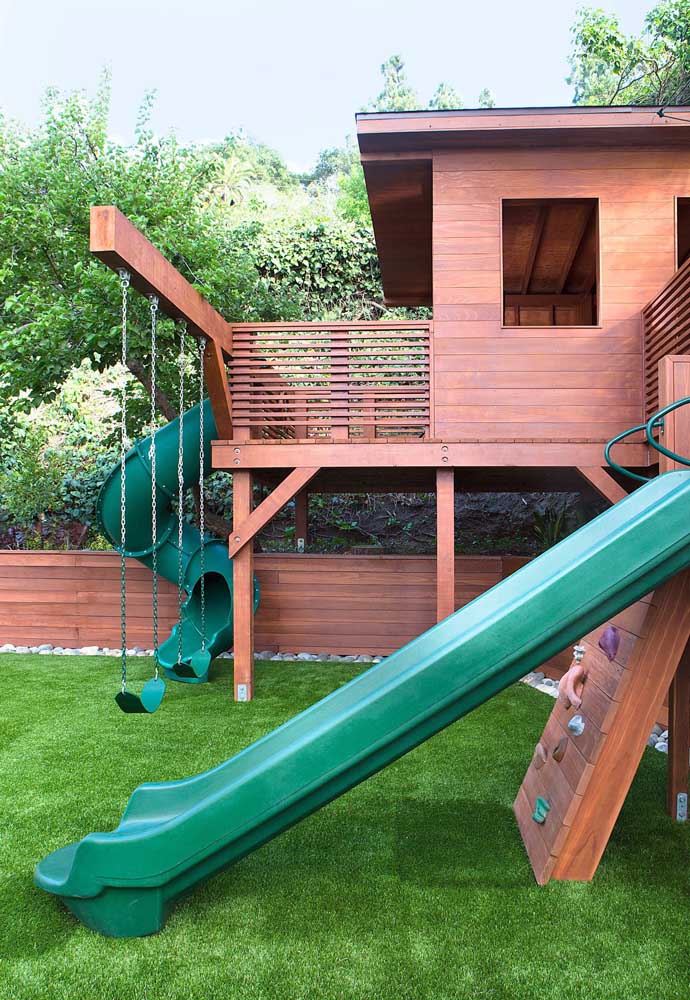
Image 18 – Bermuda grass maintenance includes regular pruning and fertilization at least twice a year.
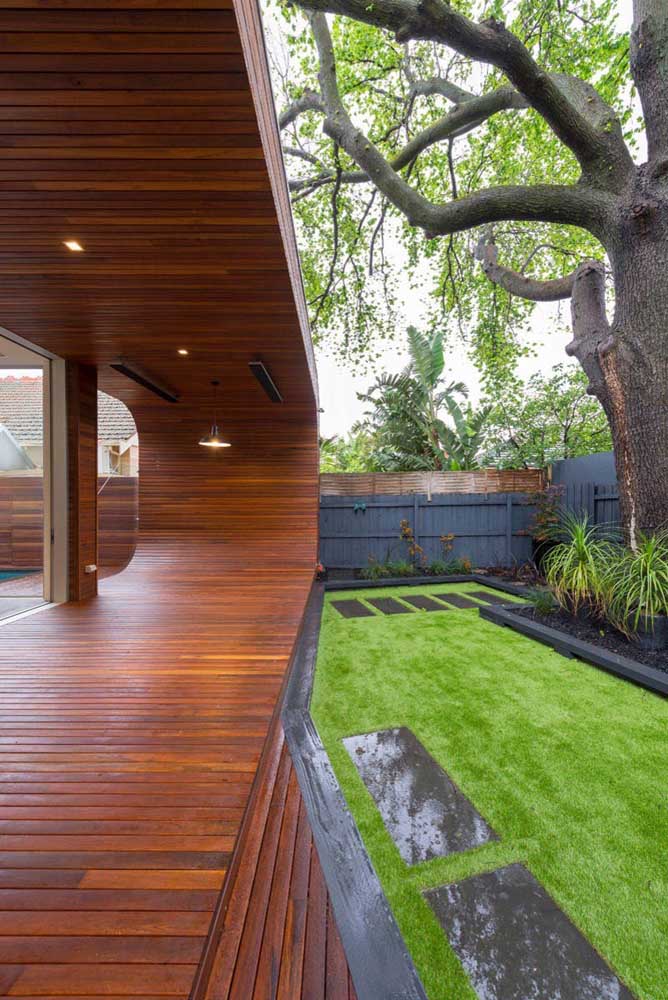
Picture 19 – Perfect lawn for that tennis match.
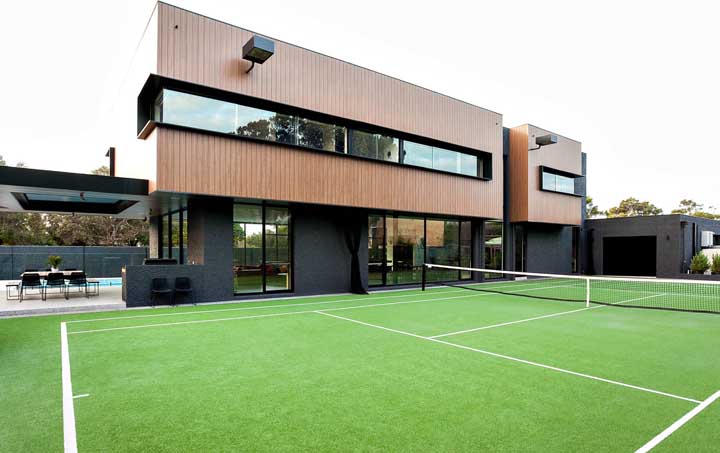
Picture 20 – Green terrace to make the most of hot days.
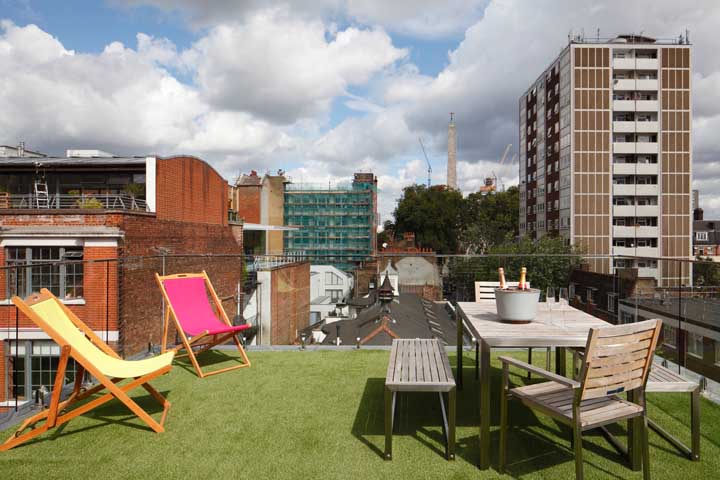
Picture 21 – Bermuda grass is ideal for playing with children, having a picnic or playing some sport.
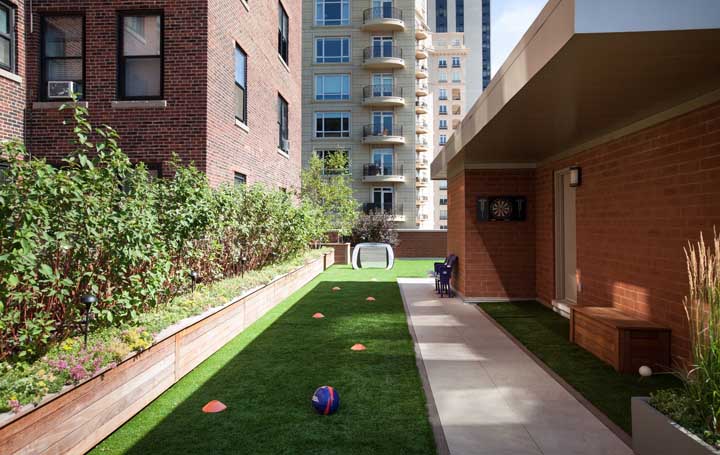
Image 22 – Golf course lined with bermuda grass.
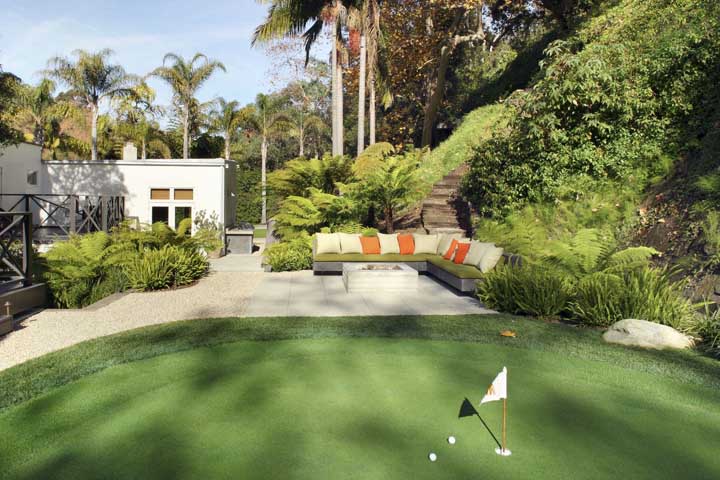
Grass types: Korean
Now if you want an impeccable garden you need to know Korean grass or Japanese grass. The main characteristic of this type of grass is its smooth appearance and intense and very uniform green. However, if Korean grass is trampled on it will not develop properly. For this reason, it is more suitable for contemplative gardens and with little circulation of people. For cultivation, Korean grass requires sun, watering and fertilization.
Image 23 – It looks like a shaggy rug, but it's just the look of Korean grass embellishing the garden.
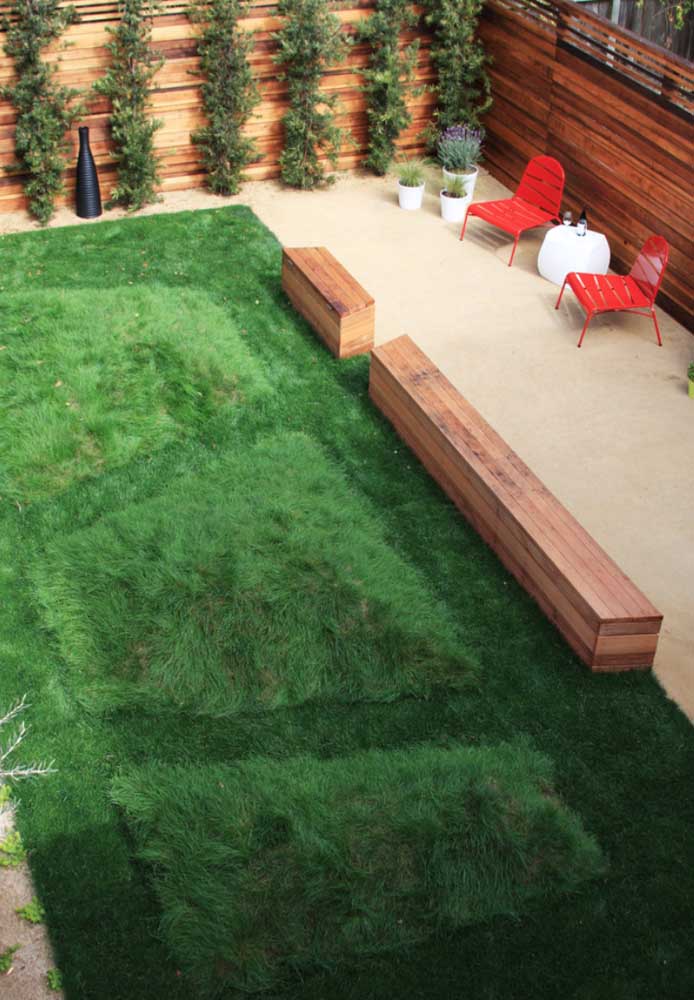
Image 24 – Korean grass in pots for a modern and original landscaping.
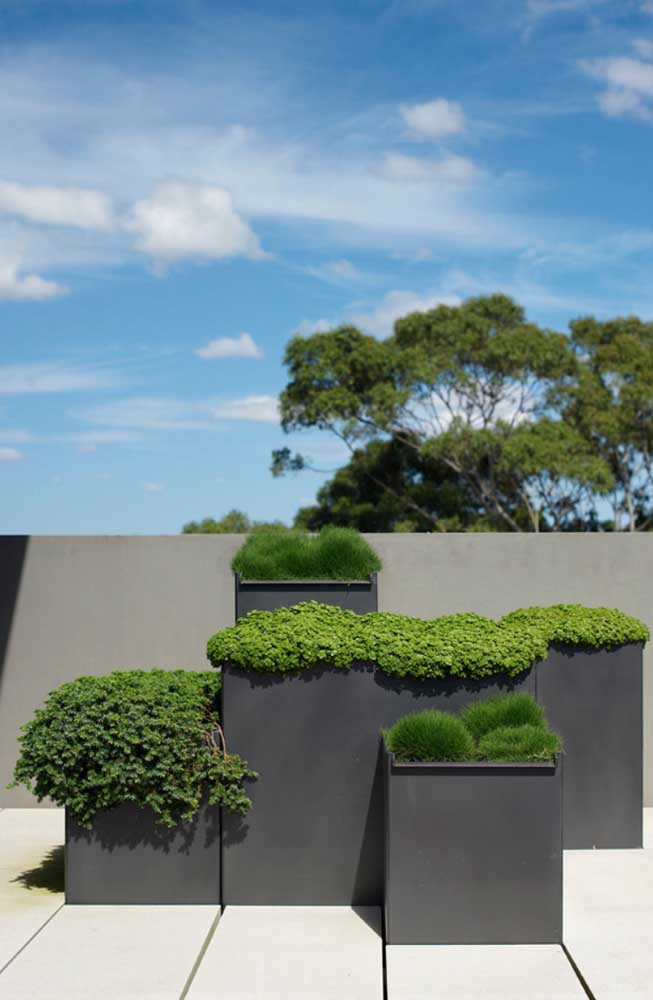
Image 25 – Small clumps of Korean grass form this rustic-looking garden.
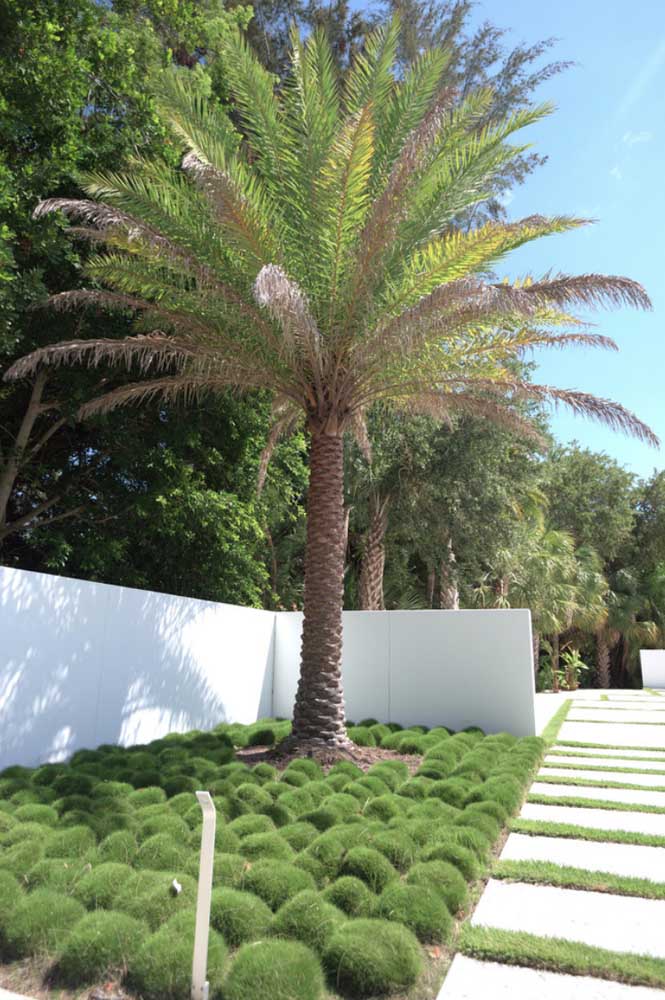
Image 26 – Apparent concrete on the stairs and Korean grass in the flowerbeds, did you like the combination ?.
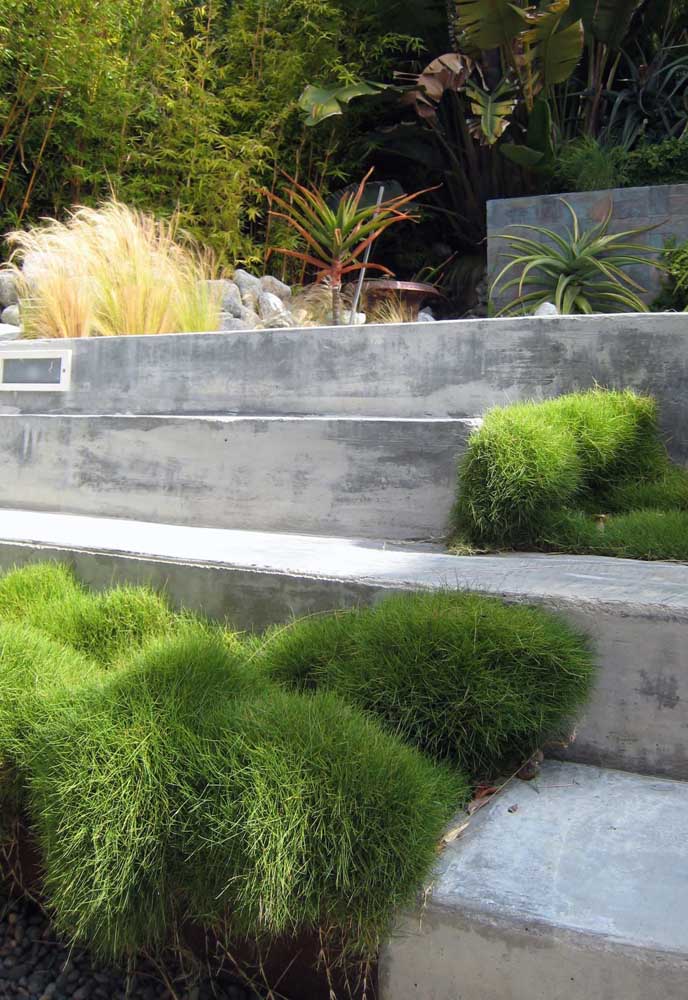
Image 27 – A garden to call your own; just come and contemplate
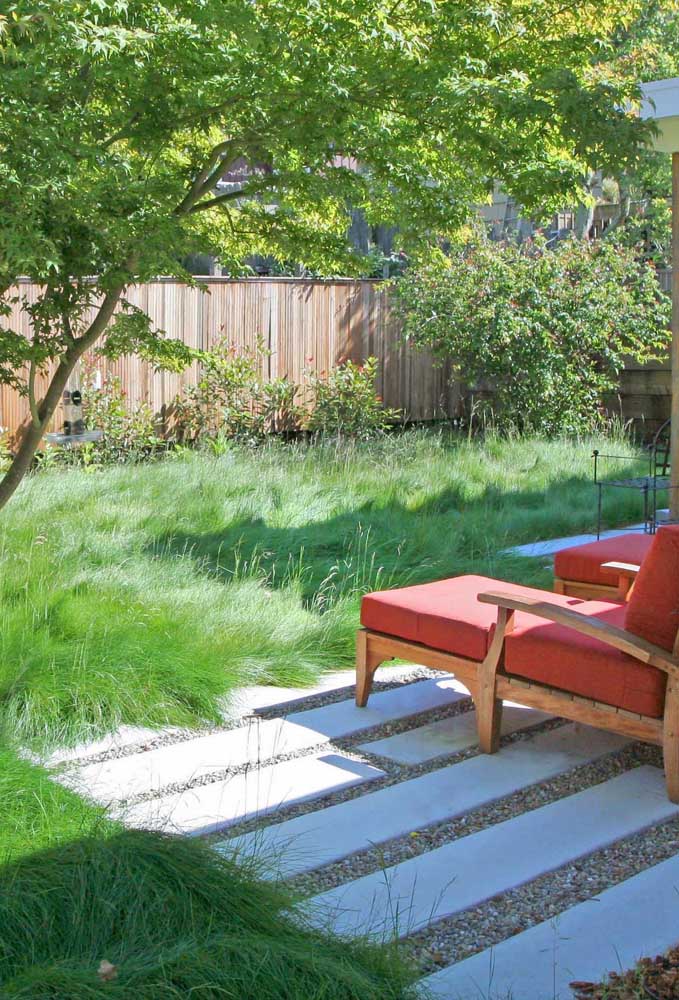
Image 28 – Korean grass is great for forming designs and contours.
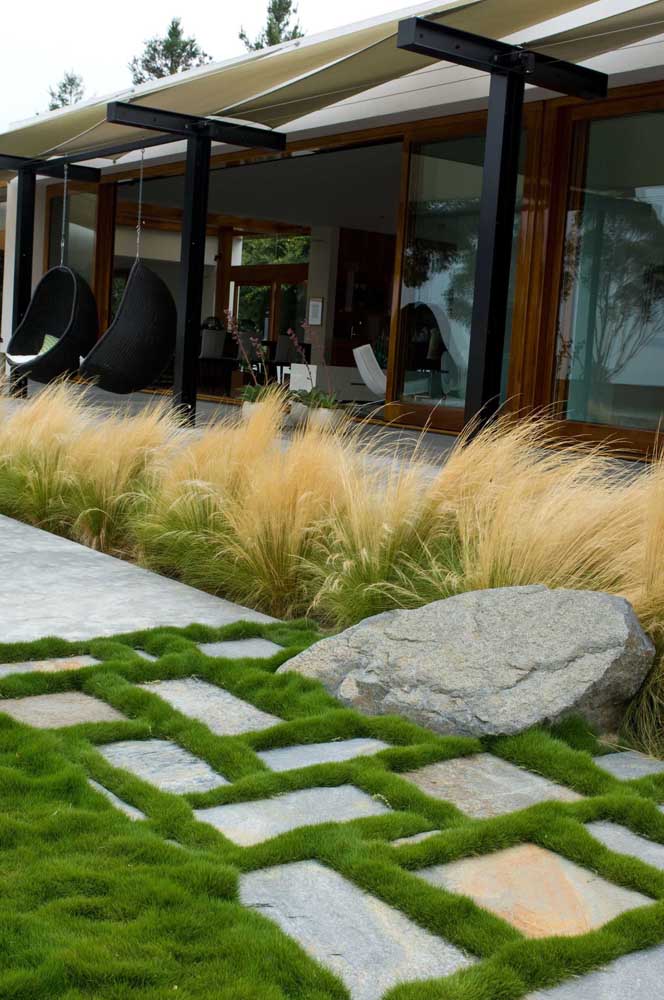
Image 29 – Notice the velvety and soft aspect of the Korean grass.
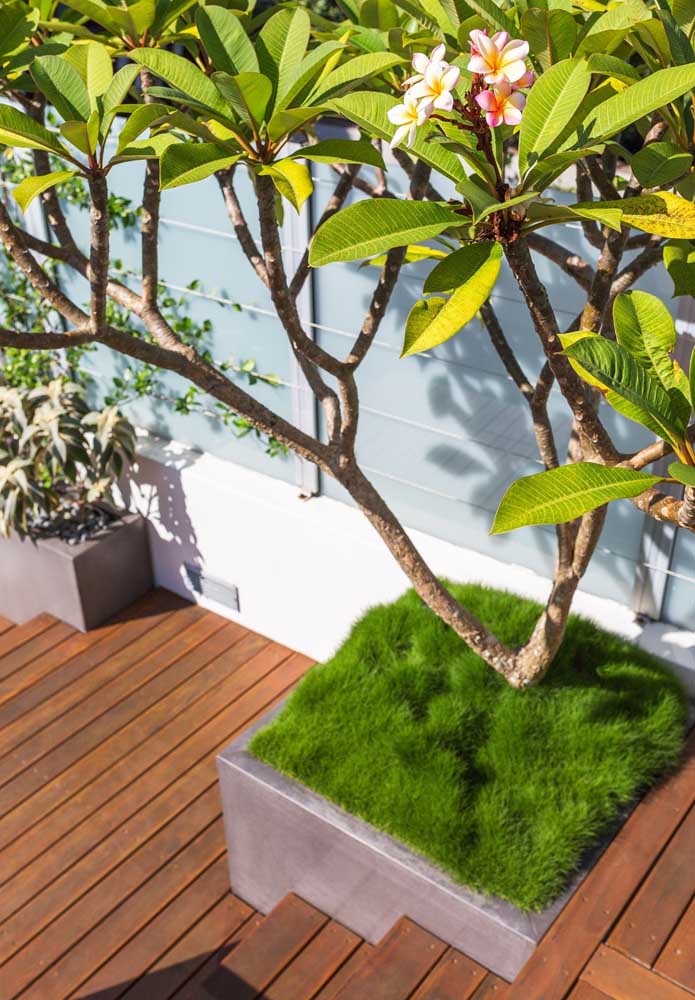
Types of grass: Emerald
Emerald grass is one of the most popular in existence, precisely because it is the cheapest grass currently sold in Brazil. This grass is very resistant, but it needs sun to remain beautiful and lush. However, it can be grown in shaded areas, however, in this case, the grass tends to be thin, revealing the soil. The emerald grass is easy to maintain and its growth does not exceed fifteen centimeters. An important tip is to use herbicides to prevent the growth of weeds, as these intruders can compromise the aesthetics of the lawn.
Picture 30 – External area with swimming pool and a very well maintained emerald lawn.
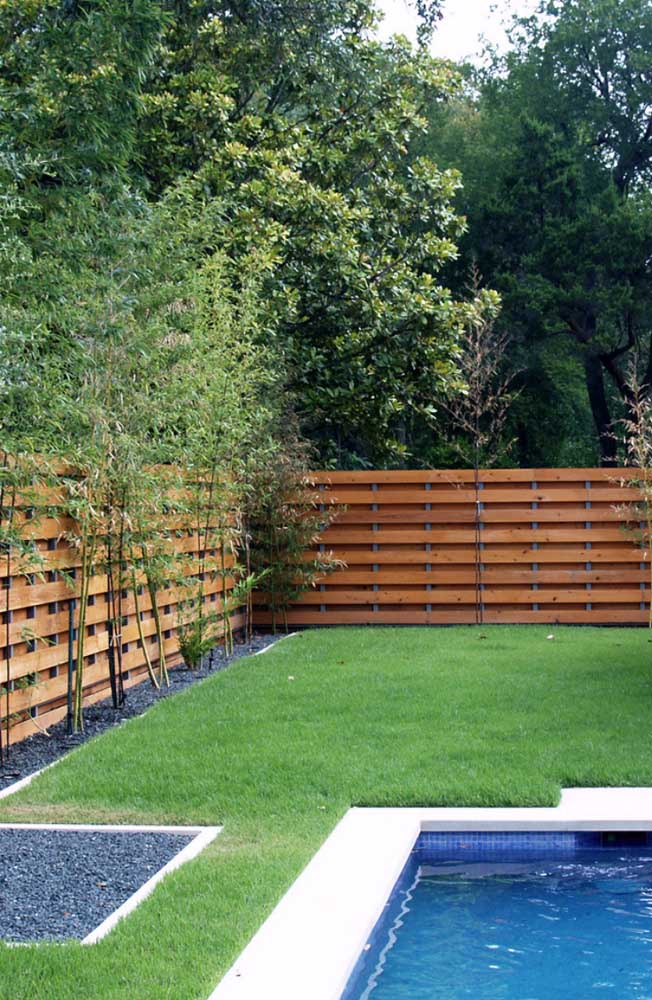
Image 31 – A green lawn like the one in the image values any backyard.
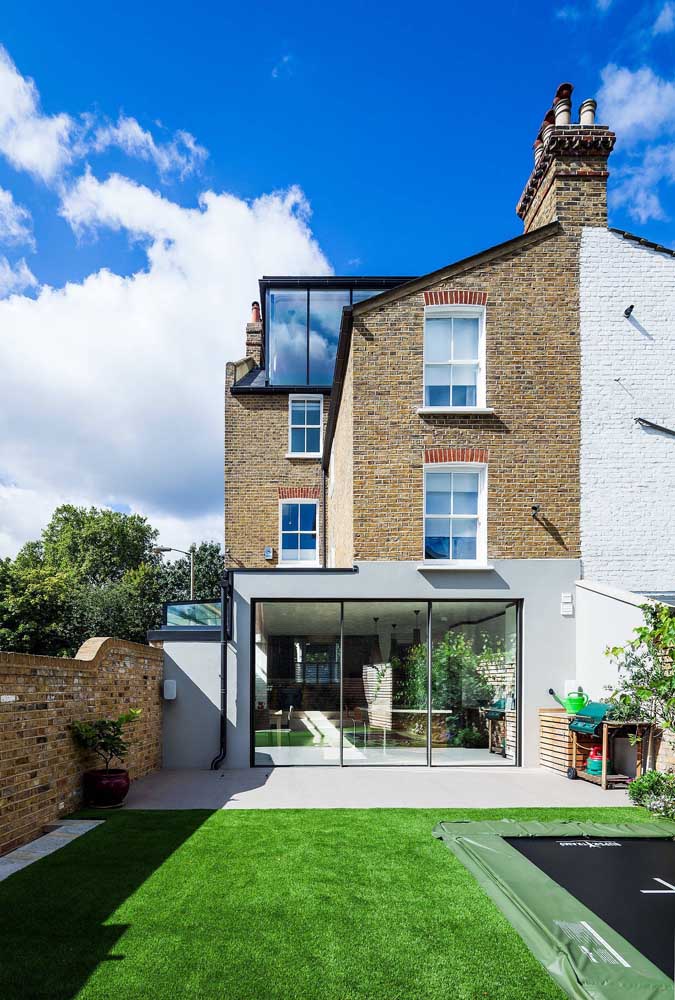
Image 32 – The sloping terrain accepted the lining with emerald grass very well.
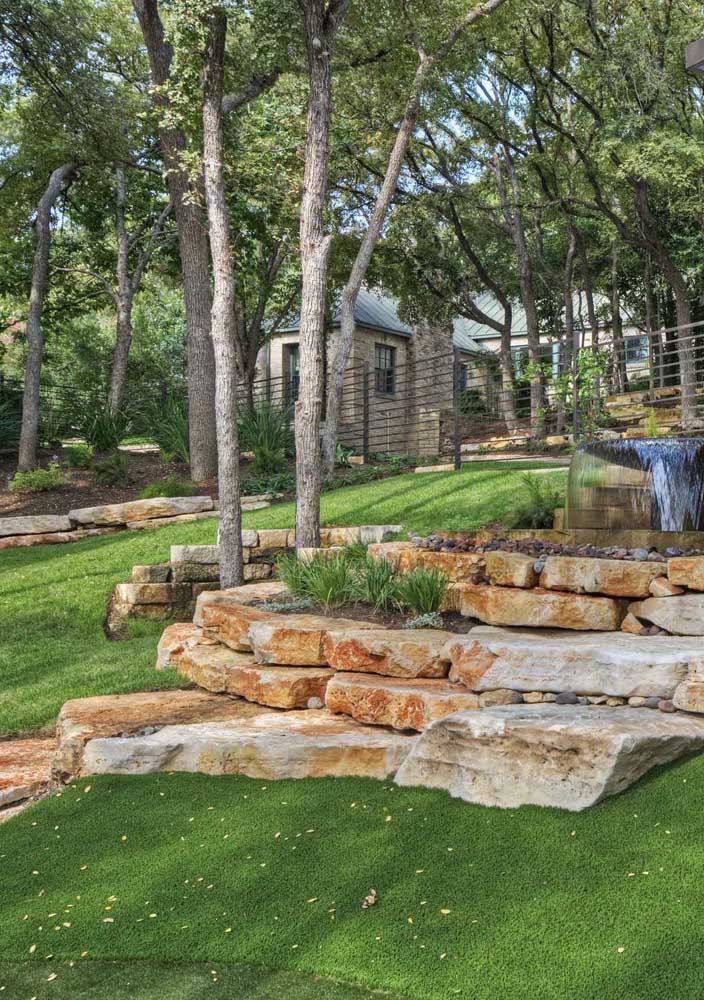
Image 33 – This outdoor area with levels bet on the use of emerald grass to bring color and freshness.
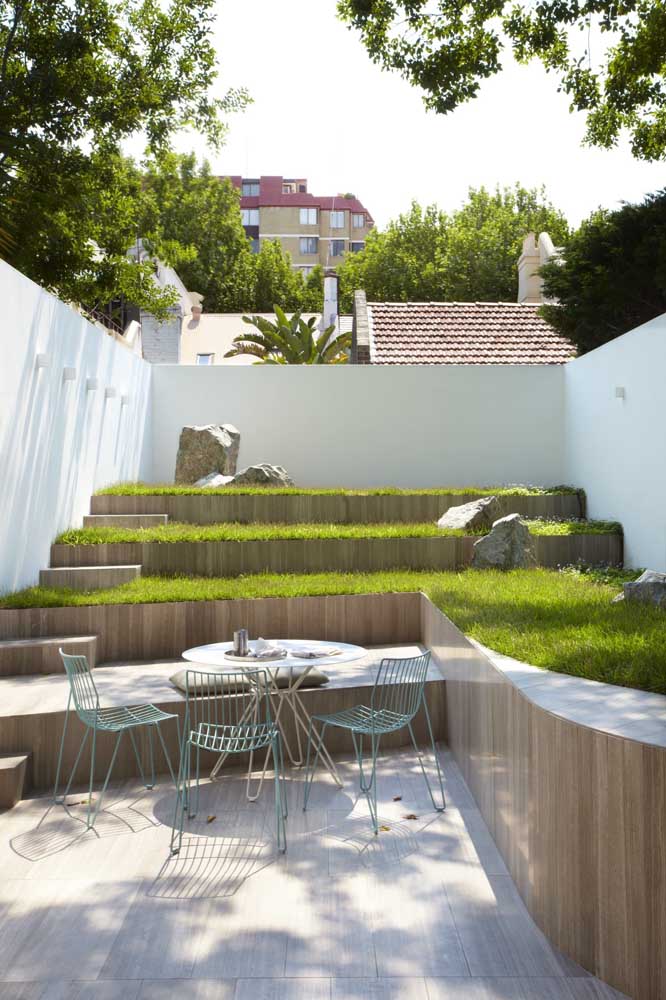
Image 34 – Even at a higher height, the emerald grass does not lose its aesthetic value.
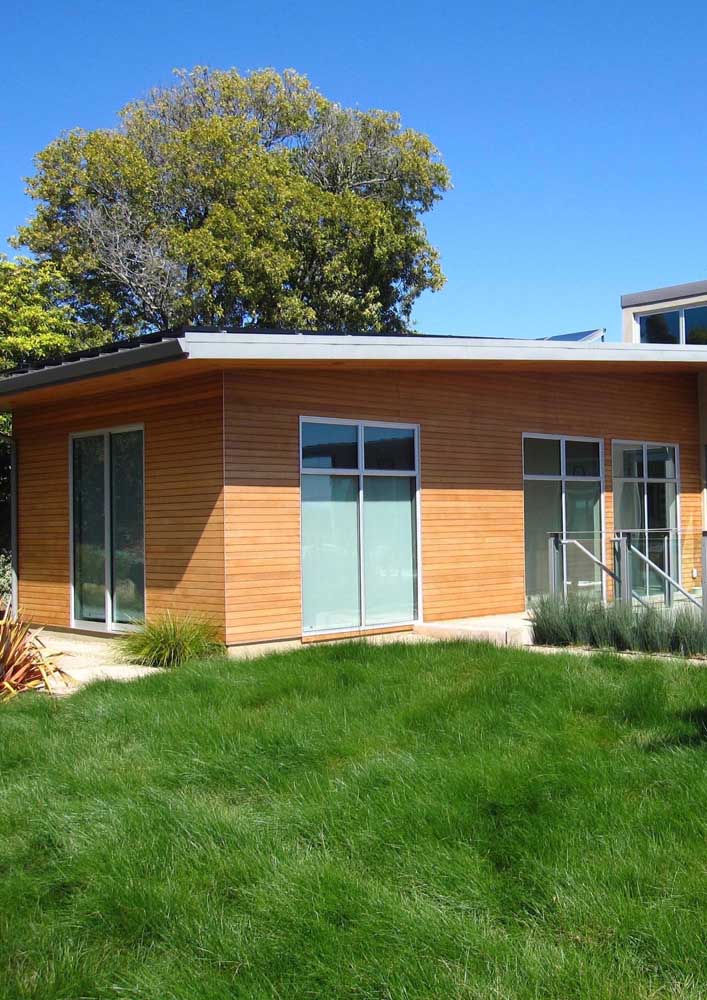
Image 35 – Use the emerald grass without fear in places of passage and flow of people, they regenerate quickly.
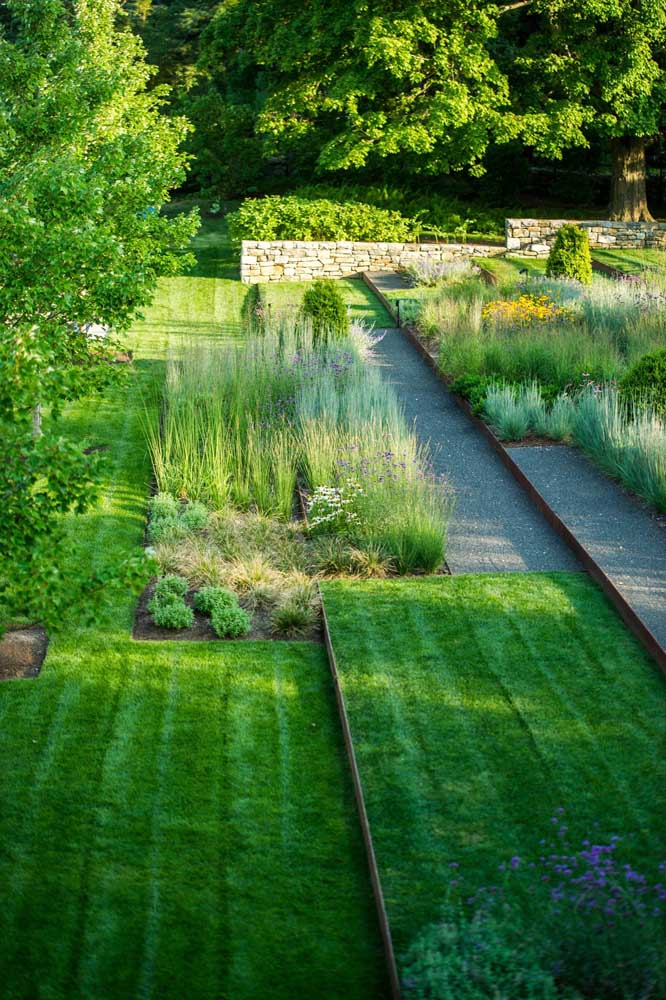
Image 36 – Use the emerald grass without fear in places of passage and flow of people, they regenerate quickly.
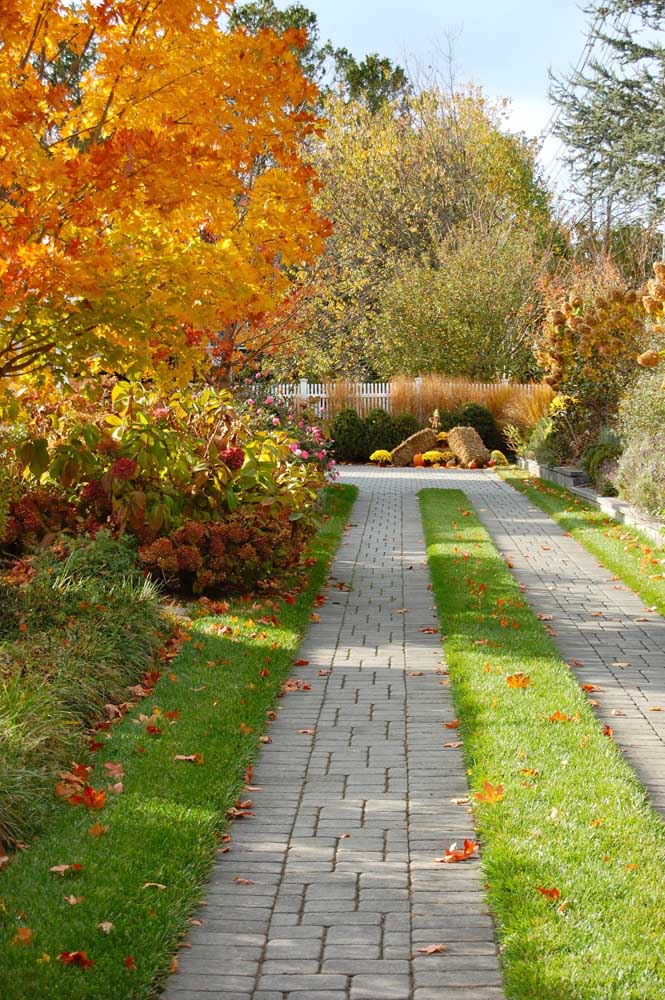
Image 37 – The emerald grass guarantees freshness for the external area.
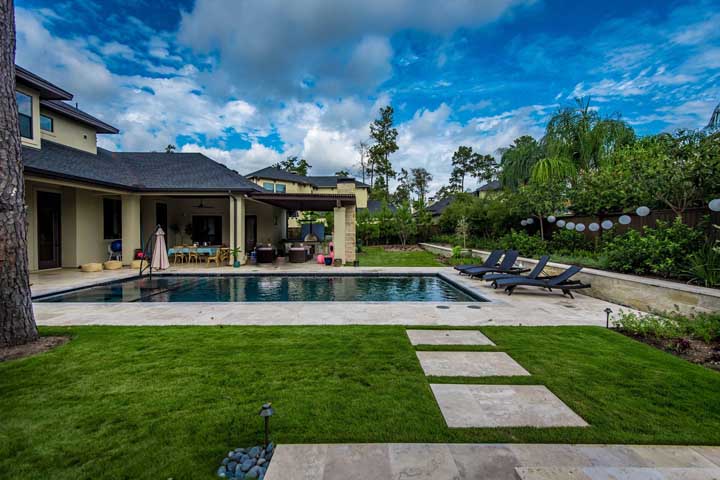
Grass types: black
The black grass is not really black, the true shade of its leaves is dark green. Ideal for those looking for a type of grass for shade, black grass adapts very well to places with low exposure to sunlight, but can also be planted in direct light. Black grass is very easy to grow, does not need pruning and requires only regular watering. However, don't even think about planting black grass in places with high traffic of people, as the species cannot stand to be trampled.
Image 38 – To avoid damage to the black grass, the solution was to install concrete floors for the passage.
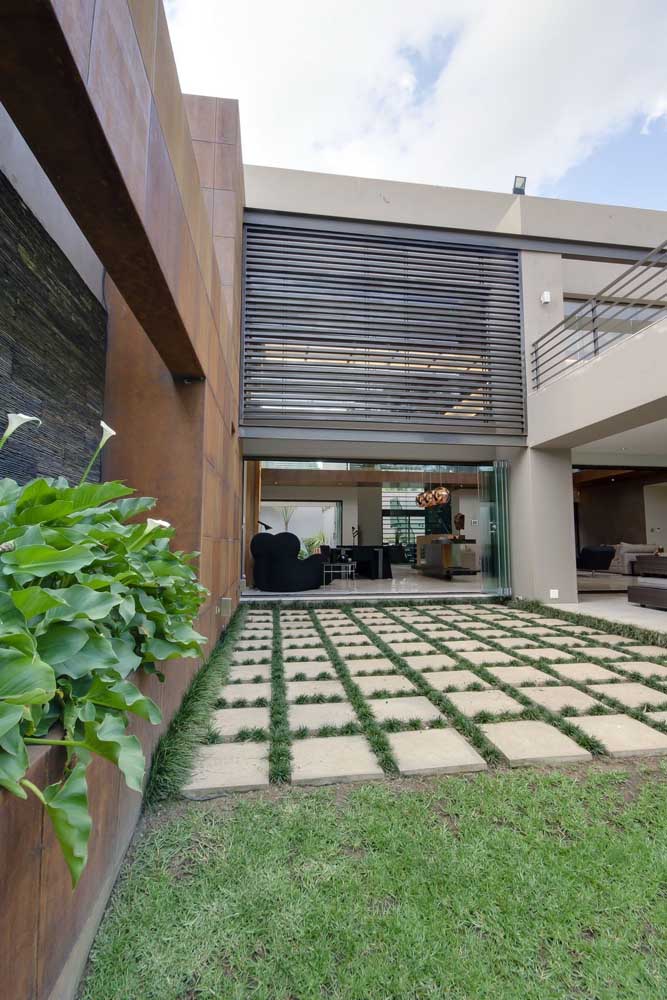
Image 39 – Black grass: plant it under the sun or under the shade.
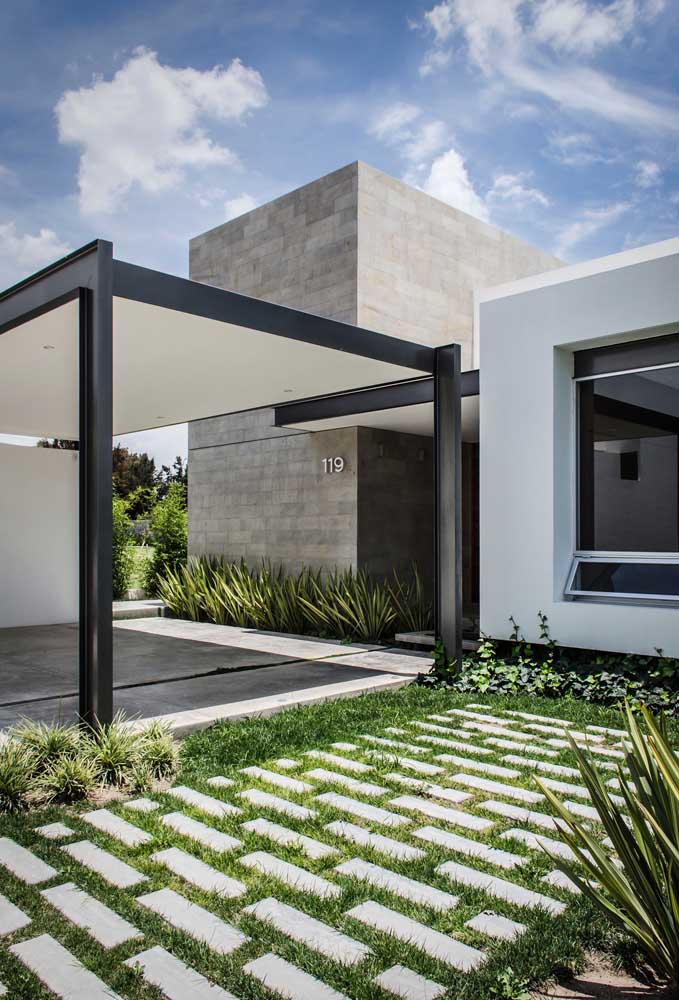
Image 40 – The black grass is much appreciated by landscapers to form drawings and small beds.
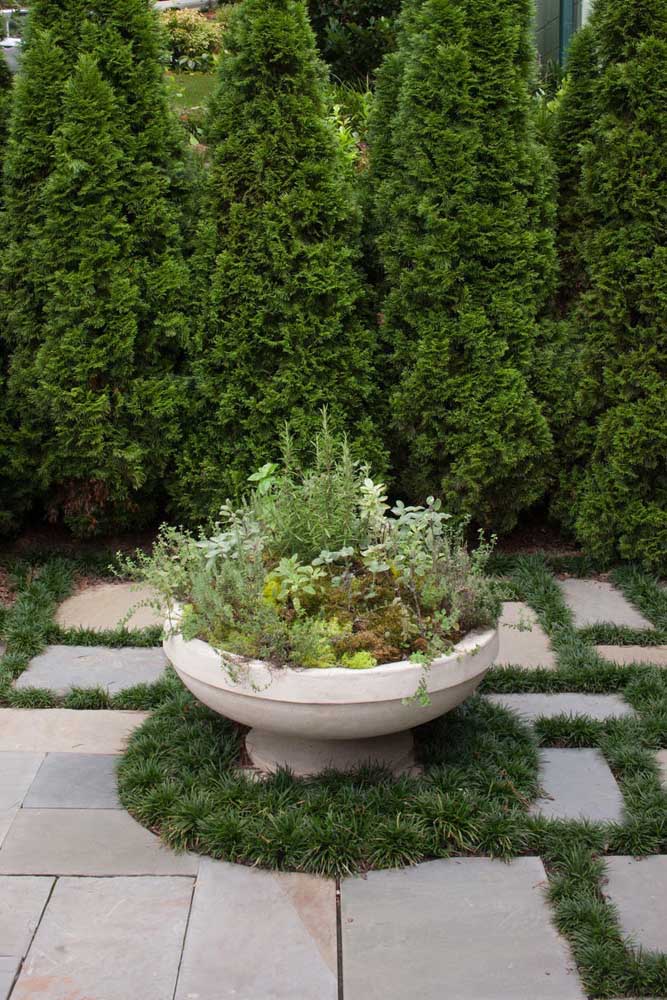
Image 41 – Composition between black grass and emerald grass for a garden of vibrant green tones.
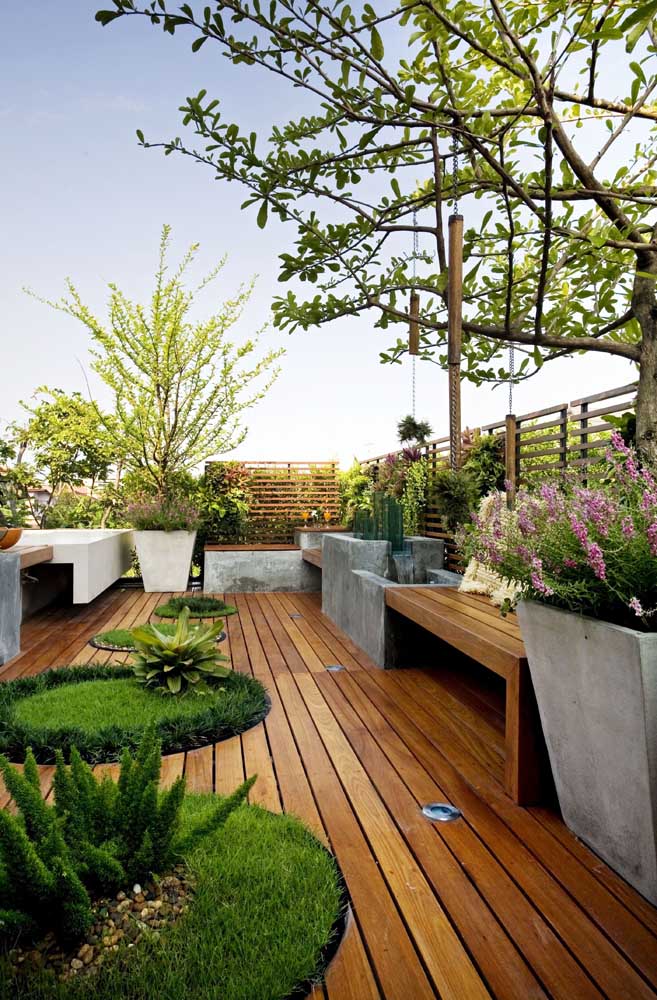
Image 42 – If the intention was to cover a large area with black grass it is better to prepare the pocket, as this is one of the most valuable grams on the market.
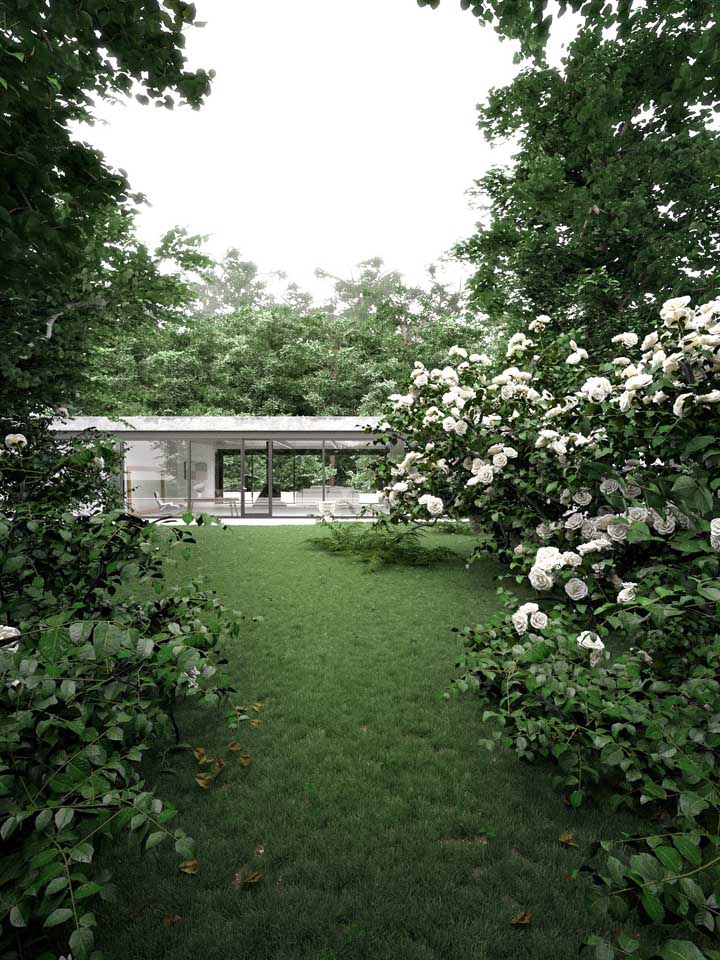
Image 43 – Make a path mixing grass and stones.
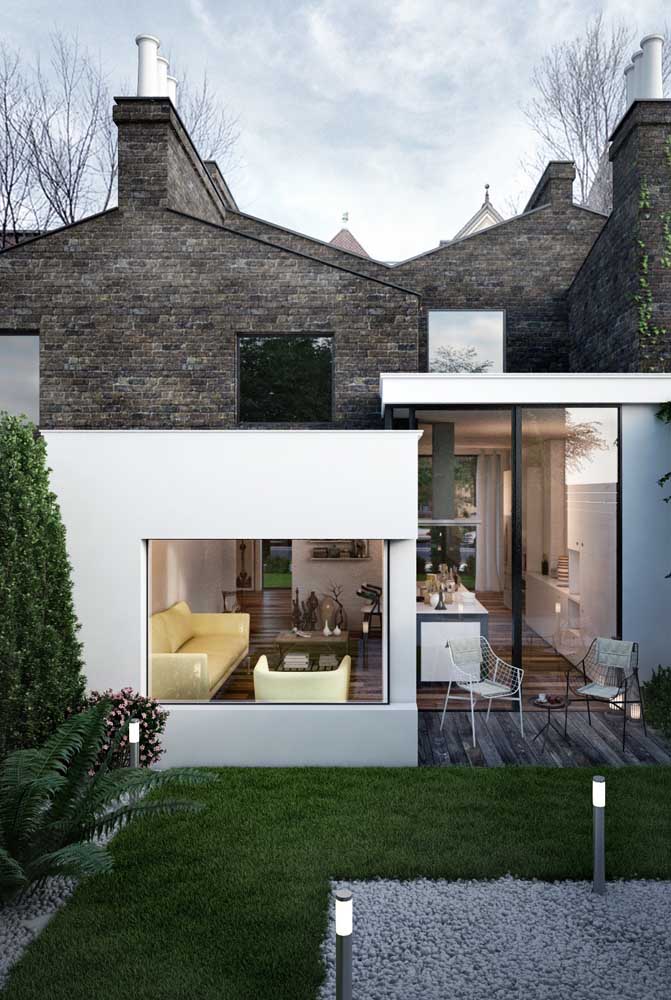
Image 44 – In the stairwell.
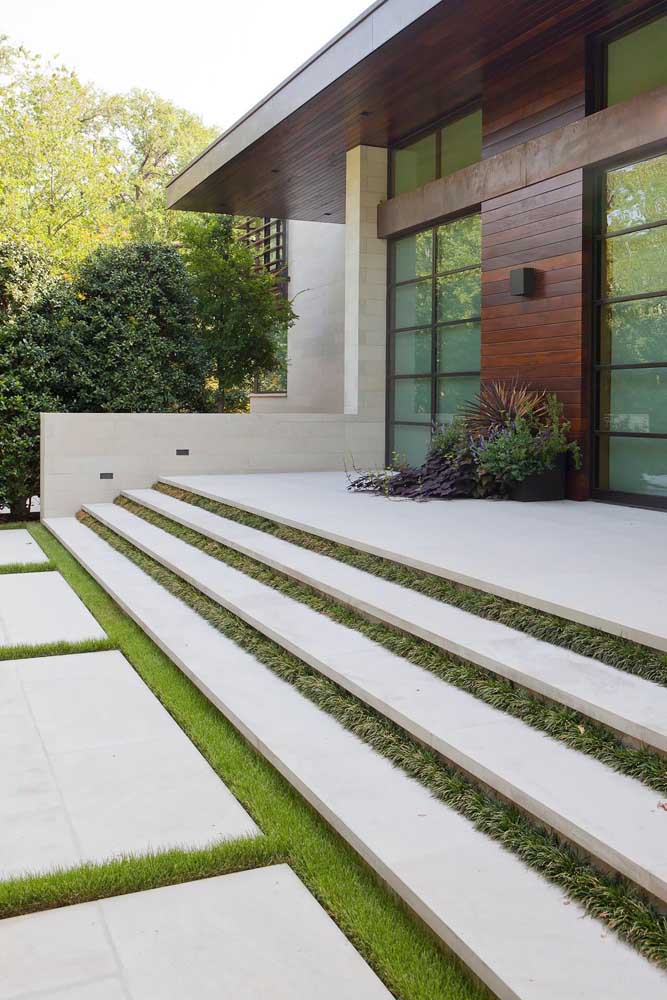
Types of grass: Saint Augustine
Among all varieties of grams, Saint Augustine or English grass is the most suitable for humid areas, such as coastal and mountain regions. Santo Agostinho grass can also be grown in shade or half shade, but needs frequent watering and fertilization to remain beautiful and healthy. Pruning should be done when the grass reaches about three centimeters in height.
Image 45 – A well-trimmed lawn, like the one in the image, is an invitation for days of rest and relaxation.
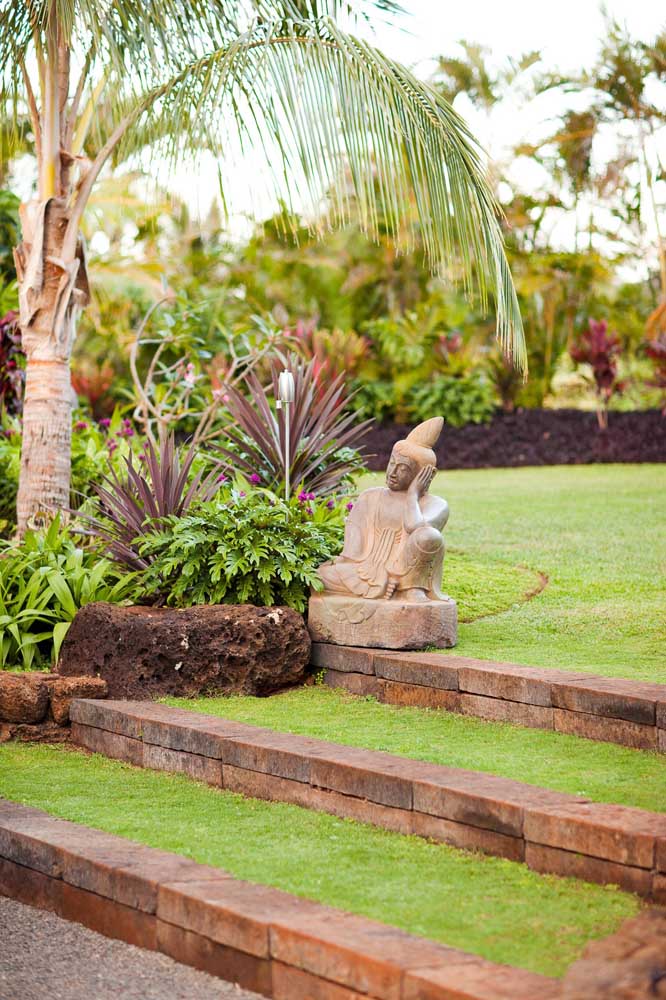
Image 46 – A path just with it, the grass St. Augustine.
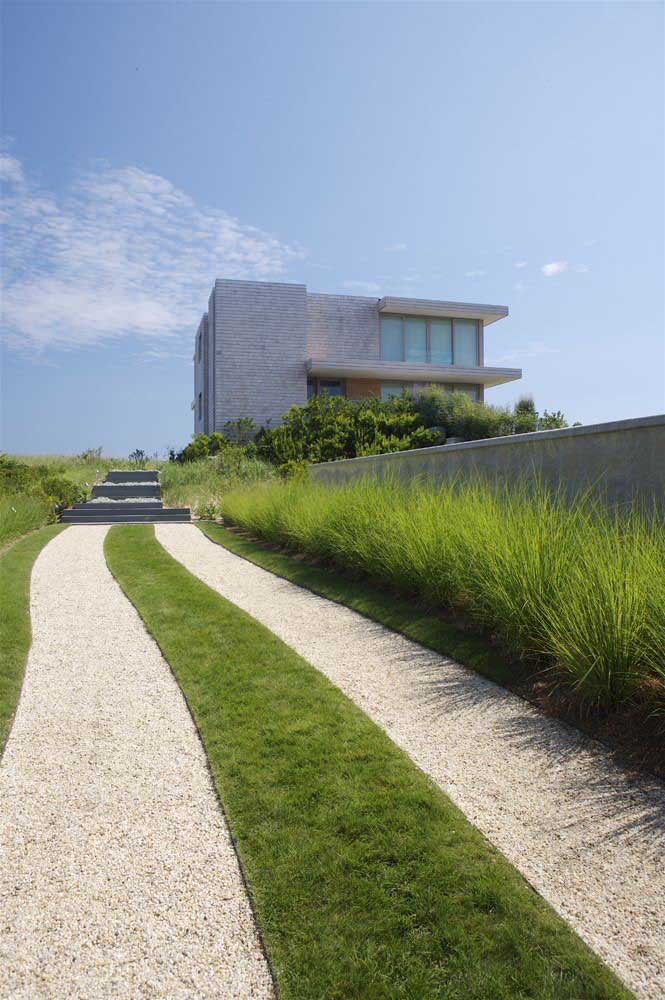
Image 47 – In the sun or in the shade, the Saint Augustine grass reveals its beauty.
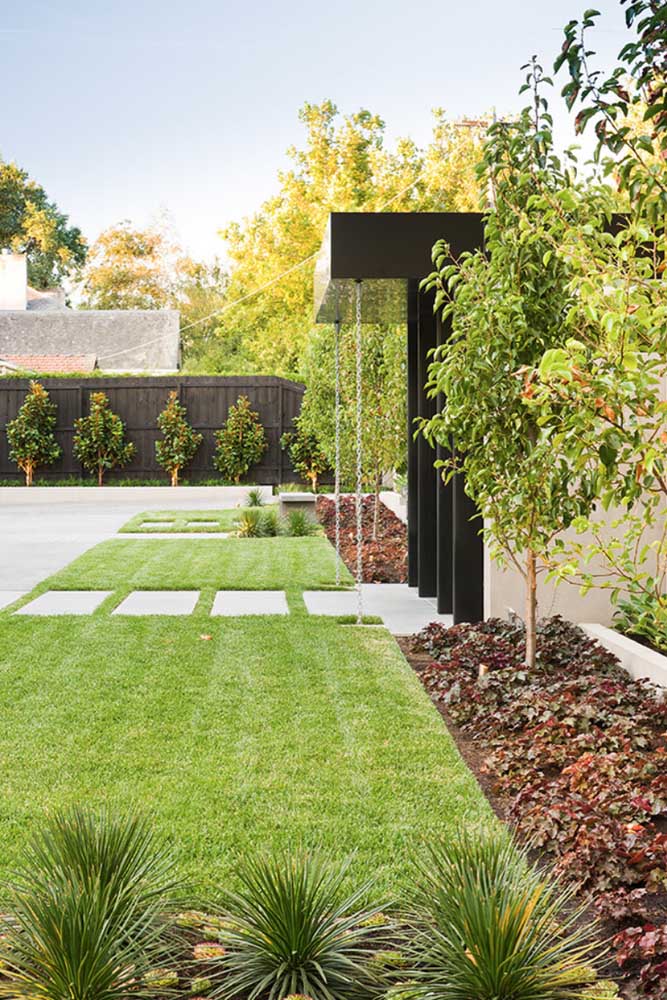
Image 48 – A well kept lawn makes the days better.
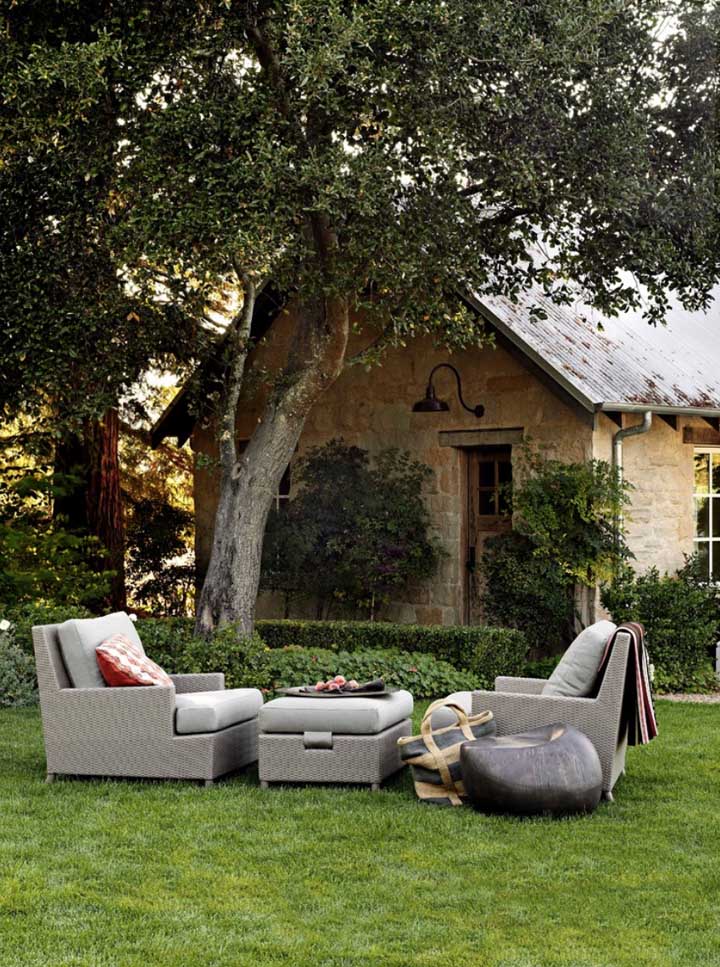
Image 49 – A lake at the end of the grass.
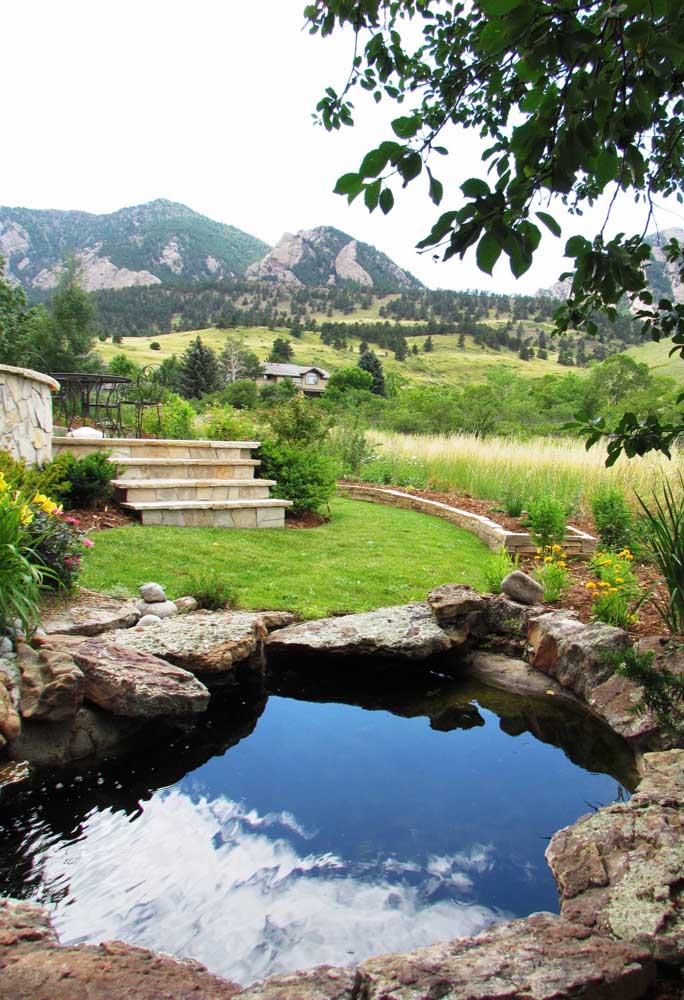
Picture 50 – By the sea, the Santo Agostinho grass develops very well.
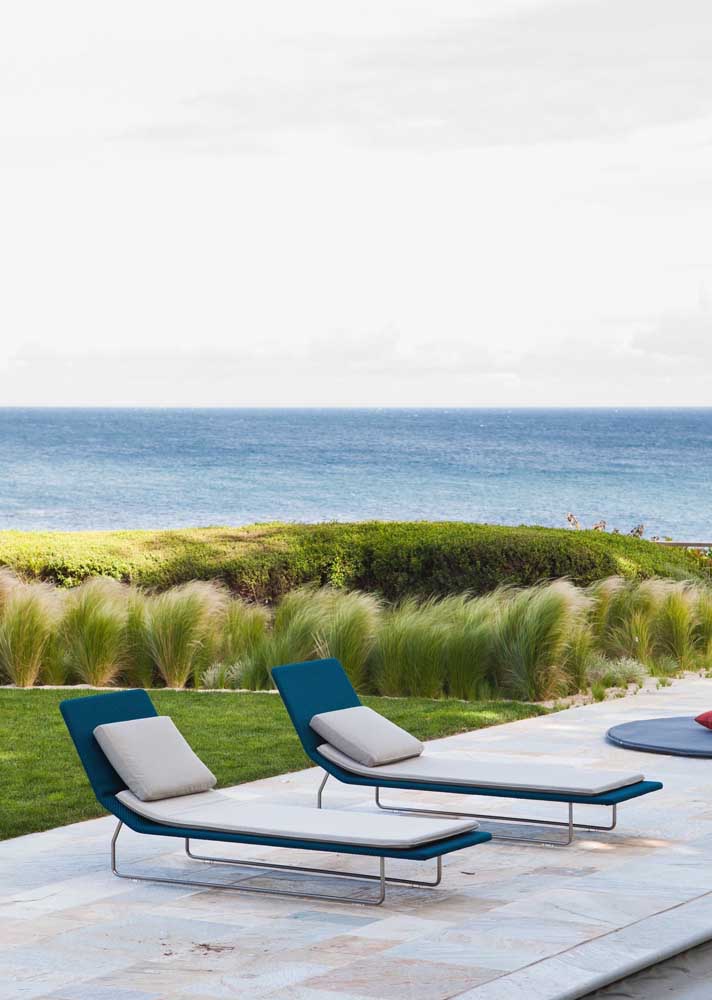
Image 51 – The secret to the beauty of any lawn is regular pruning.
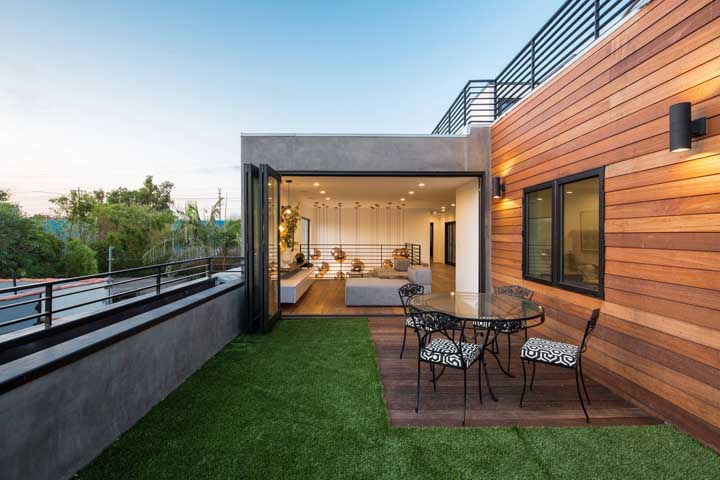
Image 52 – The house in the midst of nature gave permission for the grass to grow freely.
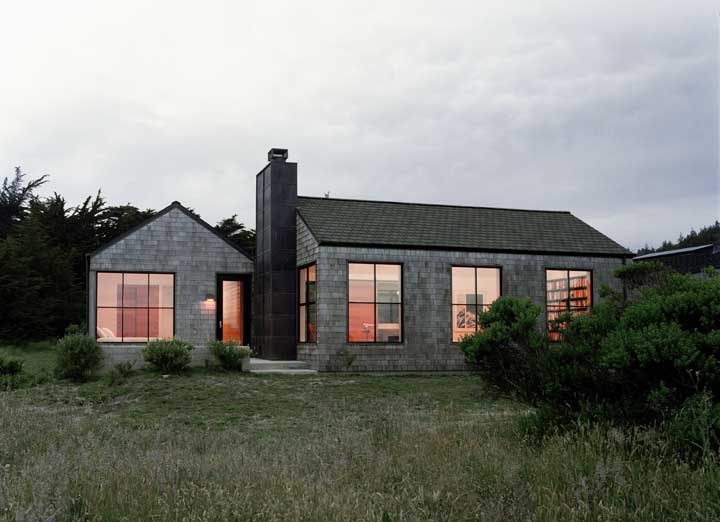
Image 53 – A lawn like this makes any home more beautiful.
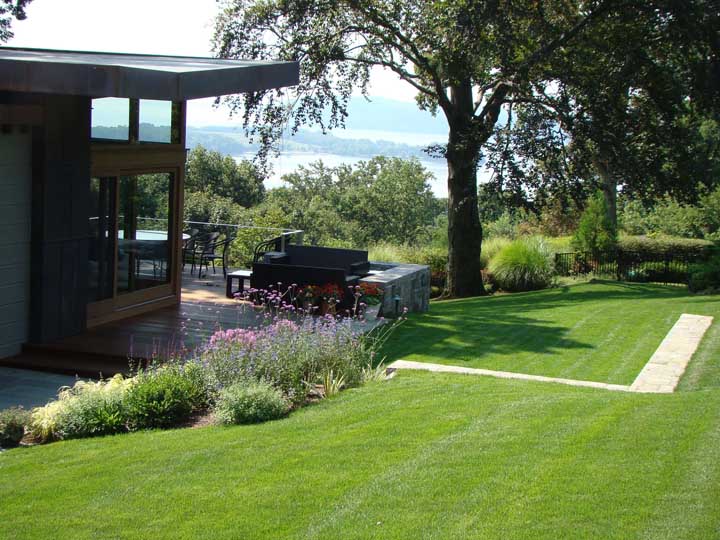
Types of grass: São Carlos
São Carlos grass, also known as curitibana grass, is one of those types of grass that does not grow much, ideal for residential areas and, especially, for those who want to reduce maintenance with the lawn. This type of grass has creeping growth, which makes the lawn look very dense and closed. Very resistant to pests and weeds, São Carlos grass also has the advantage of being able to be grown both in the sun and in the shade.
Image 54 – Grama São Carlos between the flower bed and the concrete walkway.
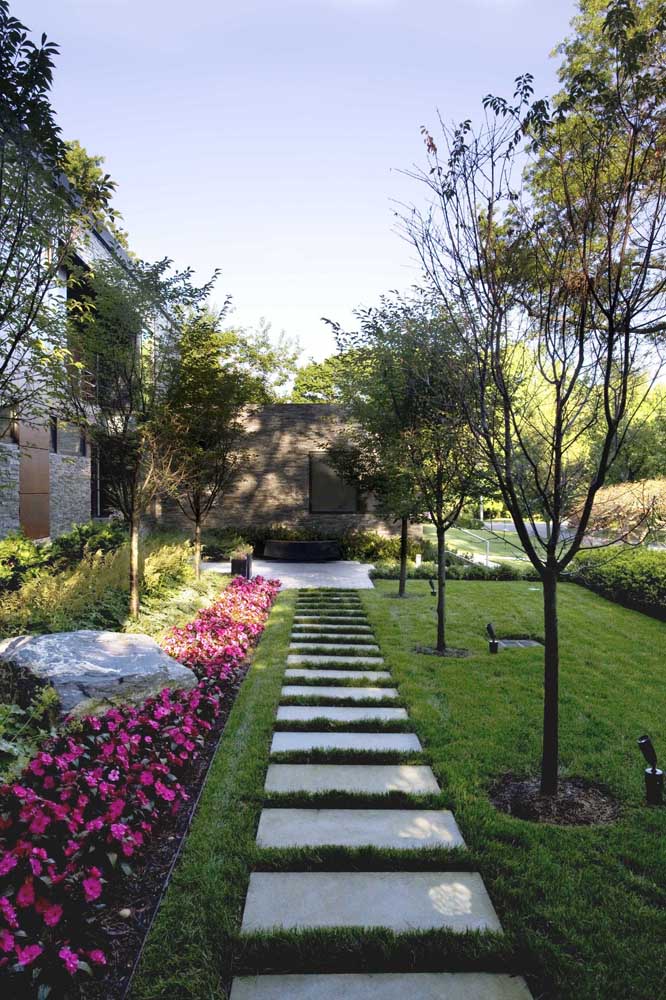
Image 55 – Resistant, dense and cultivated under sun or shade: this is the São Carlos grass.
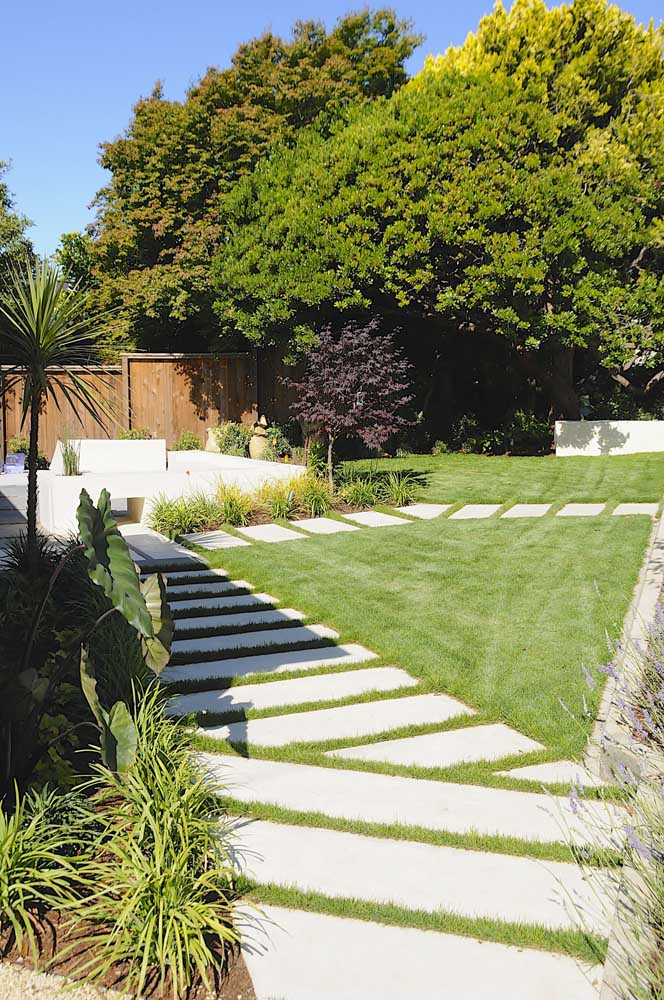
Image 56 – To keep the grass growing, always remember to use a limiter.
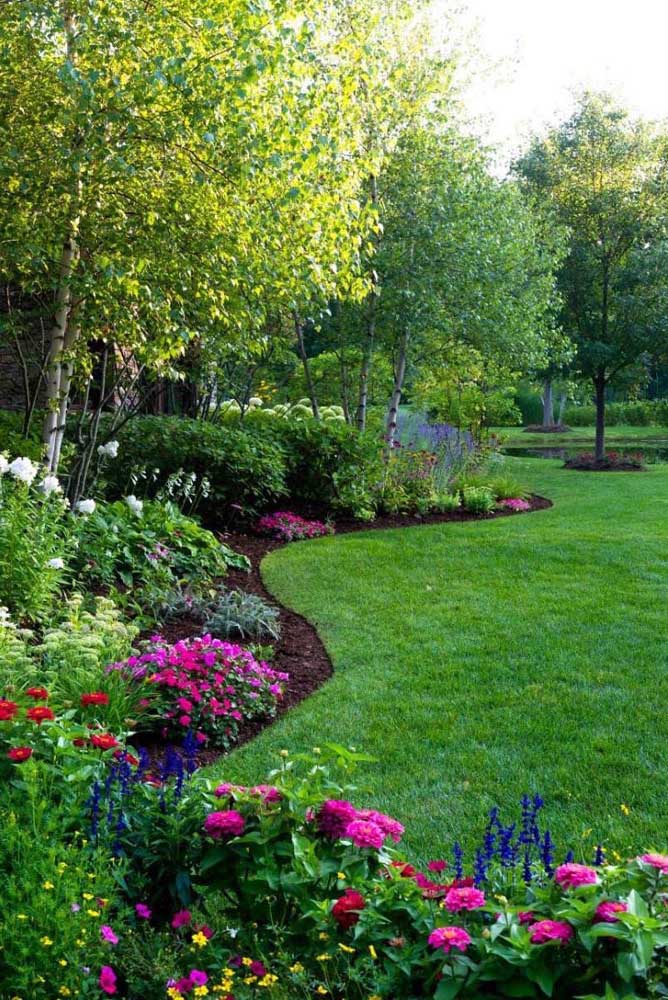
Image 57 – No matter the size of your outdoor area, it will always be more beautiful with a green lawn and well maintained.
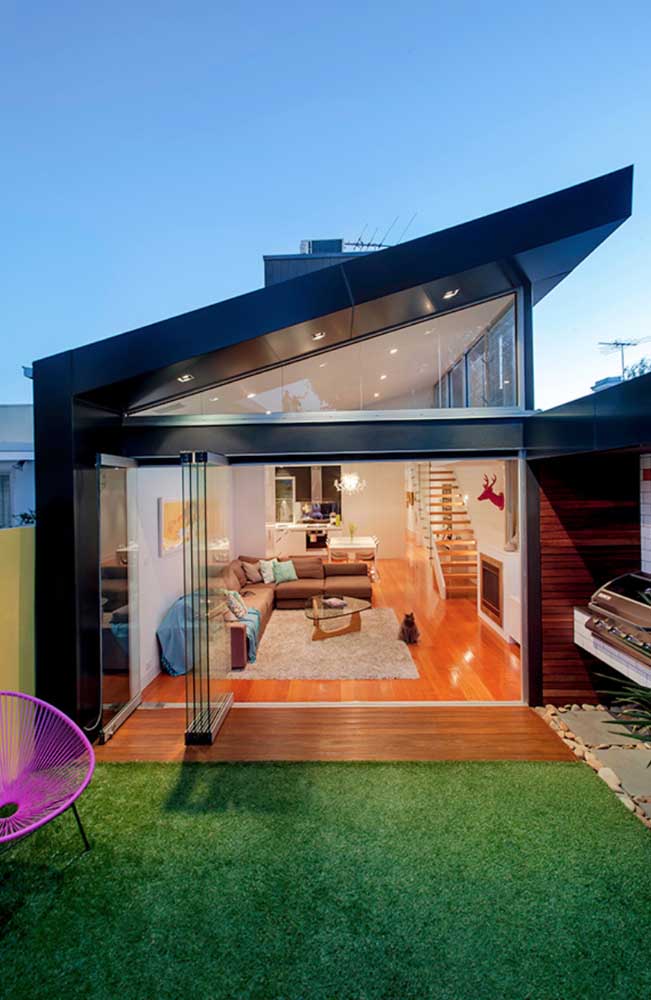
Picture 58 – Higher, the grass São Carlos gives a rustic look to the garden.
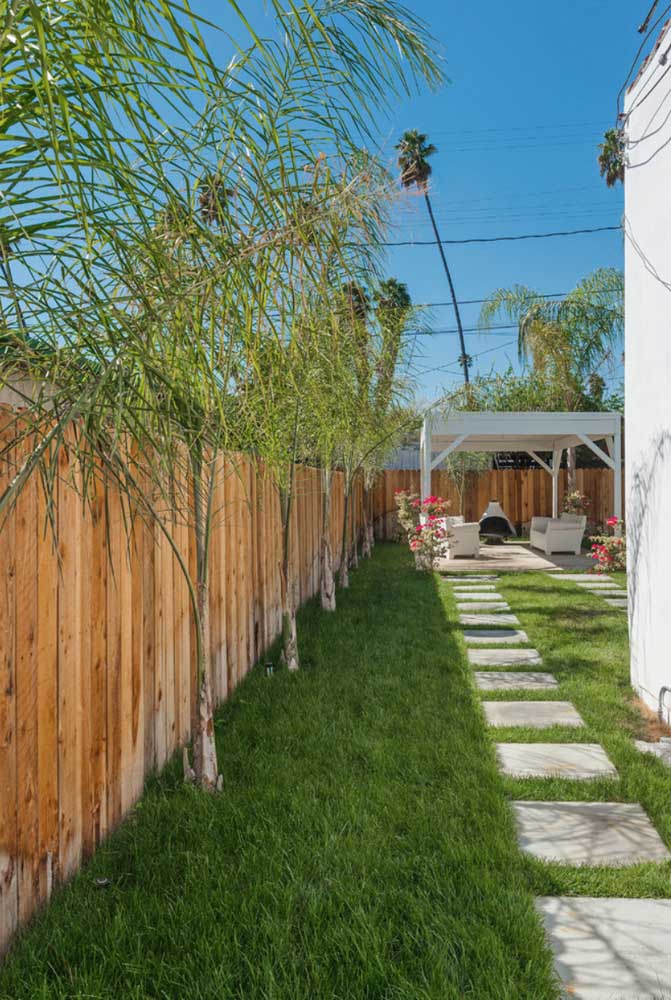
Image 59 – Grass bed reinforces the proposal of an easy maintenance garden.
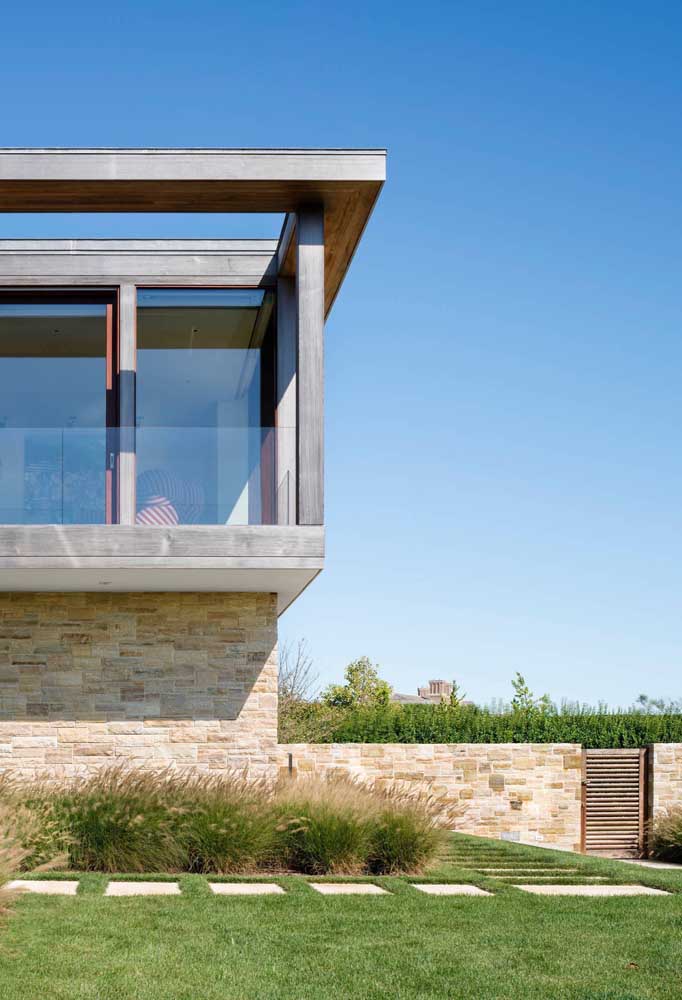
Image 60 – Choose the grass that best suits your garden and take advantage of this small green space.
